Tokina 11-18mm F2.8 X Lens Review
All photos of this review were captured by Christophe Anagnostopoulos.
Graphs and MTF Charts provided from Tokina Global (www.tokinalens.com)
February 14, 2025 -> Full Review was published | ***Reading Time: 55 minutes***
Intro
Tokina has a long-standing reputation for creating exceptional wide-angle lenses, and one of the most iconic in their lineup was the AT-X 116 PRO DX f2.8 (11-16mm F2.8). Known for its impressive optical performance and bright F2.8 aperture, it became the main go-to choice for astrophotographers and ultra-wide enthusiasts, offering incredible value for its price.
Fast forward to 2025, and Tokina continues to innovate for the mirrorless era. Following the success of the Tokina atx-m 11-18mm F2.8 E for Sony E-Mount cameras, Tokina is now bringing the same excellent performance to Fujifilm X-Mount users with the all-new Tokina atx-m 11-18mm F2.8 X. Designed for the demanding needs of hybrid shooters (for both photography and videography), this lens aims to deliver the same versatility and image quality that photographers and filmmakers have come to expect from the brand.
In this review, I’ll share my thoughts about the Tokina atx-m 11-18mm F2.8 X lens, how it performed in a variety of scenarios for my tests, both in the lab and in the field. Let’s see how it performs and whether it lives up to its legacy!
Focal Length Range of 11-18mm
The focal length range of 11-18mm on Fujifilm X-Mount (APS-C) cameras translates to an equivalent of 16.5-27mm on a full-frame sensor. This range is widely regarded as one of the most versatile and practical for ultra-wide-angle zoom lenses. It’s a focal length range ideal for landscape photography, but it can also be used effectively in many other genres as well, like in example real estate & architectural photography, weddings, travel, and even vlogging or general videography.
From a professional perspective, especially in real estate photography, which for me personally constitutes a significant portion of my commercial work each year, ultra-wide lenses are indispensable tools. While I often rely on the Tokina opera 16-28mm F2.8 for demanding properties and extreme light scenarios, there are situations, such as working in tighter spaces or smaller homes, where a more compact and lightweight option becomes essential.
The new Tokina atx-m 11-18mm F2.8 X lens responds perfectly to this need. Compact in design but mighty in performance, it allows me to use it many different scenarios such as on a gimbal for video work, or when the camera must be positioned in places with limited space, thus allowing for better framing and creative angles of view, while its outstanding optical performance guarantees uncompromised image quality.
A Note About The Latest Fujifilm Cameras
Fujifilm can easily be considered the king of the APS-C mirrorless market, offering cameras that combine exceptional image quality, innovative features, and timeless design. Simple as that.
The latest additions to their X-Series lineup, such as the Fujifilm X-T5, X-H2, and my main personal workhorse and favorite camera, the X-H2S, further solidify their position as industry leaders. These cameras offer cutting-edge technology, including the new 40MP and 26MP sensors, high-speed processors, and impressive video capabilities, making them ideal for both photographers and hybrid shooters.
The Tokina atx-m 11-18mm F2.8 X lens pairs beautifully with the XH2s, taking full advantage of Fujifilm’s renowned color science and robust imaging systems. Whether you’re capturing beautiful landscapes, urban architecture, or a cinematic video, this lens complements the high-performance capabilities of Fujifilm’s latest bodies. It’s worth noting Fujifilm’s commitment to continuous firmware updates that ensures that their cameras remain at the forefront of innovation, offering users more tools to elevate their craft.
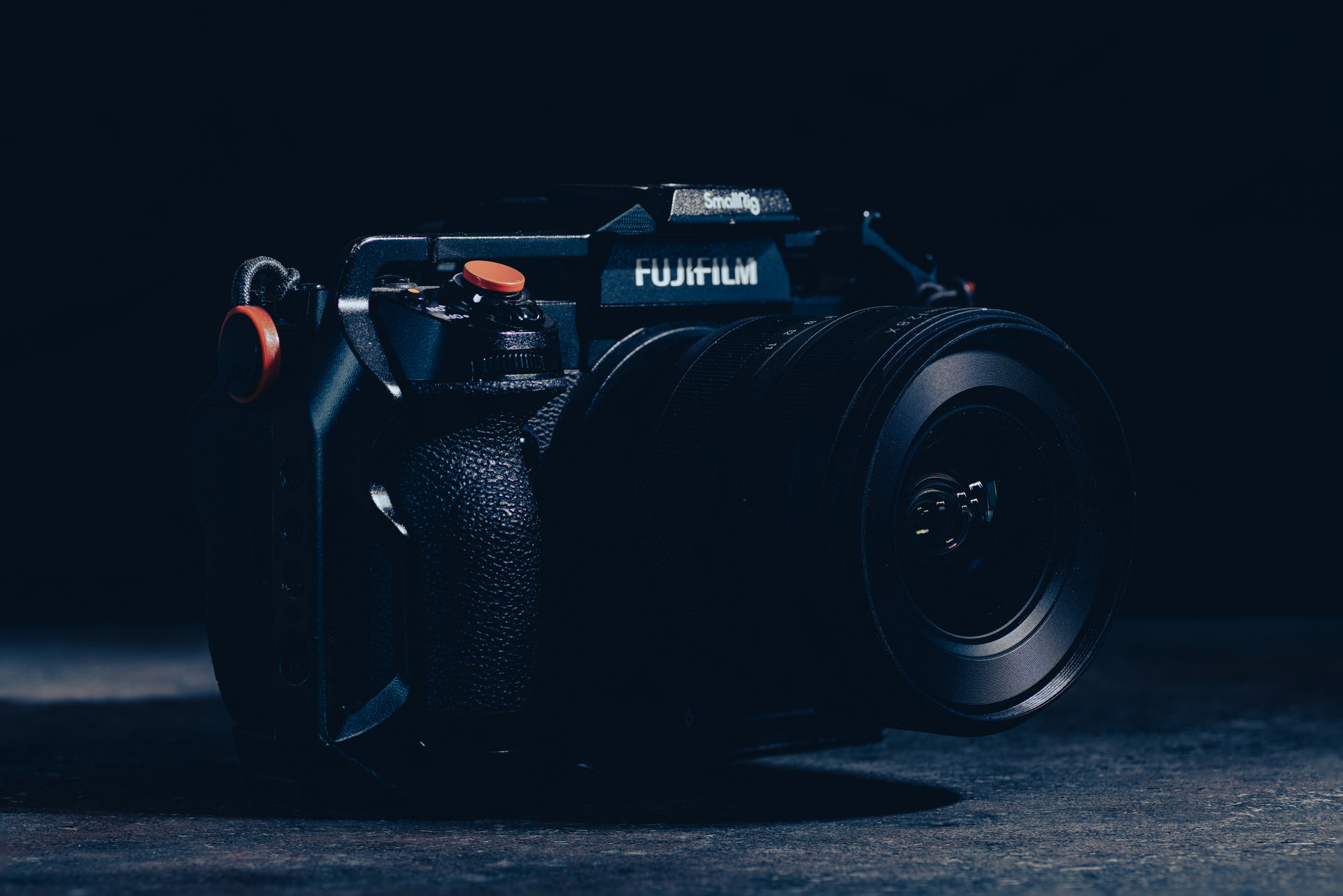
Tokina X-Mount Lenses Line-up
With the release of atx-m 11-18mm F2.8 X lens, Tokina offers an almost complete line-up for X mount, consisting of the following lenses, and currently missing (at the time of writing this review) a dedicated macro lens:
*Disclaimer*
I have been a Global Ambassador of Tokina since 2017. However, this is not a paid or sponsored post.
The opinions expressed in this review are entirely my own, based on my personal thoughts and hands-on experience with the new Tokina atx-m 11-18mm F2.8 X lens.

*Testing Notes*
All indoor tests took place in my photography studio in a controlled lighting environment, where dedicated lighting scenarios were created depending on the needs of each test.
As you might have noticed so far based on the image samples, most of the outdoor tests where made in the city of London, some days before and during my last photography workshop. The lens used for this review was a pre-production copy which had the latest firmware.
The following cameras were used for this review:
1) Fujifilm X-H2s (with firmware v.7.10)
2) Sony A7Riii (for BTS shots)
Other Tools used:
i) Lab Chart Test ISO 12233 – for sharpness lab tests.
ii) Nitecore BlowerBaby – for cleaning the camera sensor before tests (although I didn’t do a great job, I found out when I selected F22..).
iii) Slik VariCF-704 Tripod – for stable indoor and outdoor shots.
iv) Slik Rover C – for outdoor tests (mostly in London).
v) Spyder LensCal – for testing CA and Focus.
Build Quality, Lens Handling & Design
The Tokina atx-m 11-18mm F2.8 X lens follows Tokina’s signature design philosophy with a clean, modern exterior that reflects simplicity and functionality. The plastic housing of the lens is of high quality and has a subtle matte black finish, giving it a sleek and professional look. The build quality is very good, as the lens is manufactured in Japan with Tokina‘s high quality standards.
Despite the use of plastic materials, the lens has a good feel in hand, offering a good balance between durability and lightweight portability.
X-Mount Version Differences
The X mount version and the previously released E mount version are almost identical in terms of design, dimensions, and weight, maintaining the same level of quality and aesthetic appeal. However there are two (2) differences:
- The X mount version includes a notable improvement, a protective rubber ring around the lens mount. This feature provides added protection against dust and moisture, making it slightly more robust for use in challenging shooting conditions.
- The Tokina logo on the X-Mount version has blue color instead of white on the E-Mount version.
Unfortunately, as with the E mount version, the lens is not fully weather-sealed. During my outdoor tests in London I encountered both a medium rain as well as a heavy storm while walking around the city, and honestly I didn’t experience any issues with the lens performance (check image on the right), but I took care to clean the lens thoroughly upon returning to the hotel to ensure no moisture remained.
While the overall construction feels sturdy and premium, I recommend handling the lens with care to avoid accidental impacts (a recommended practice with any camera gear).
The addition of the rubber ring on the X mount version is a welcome enhancement, providing Fujifilm X-mount users with an extra layer of reassurance for their outdoor adventures.
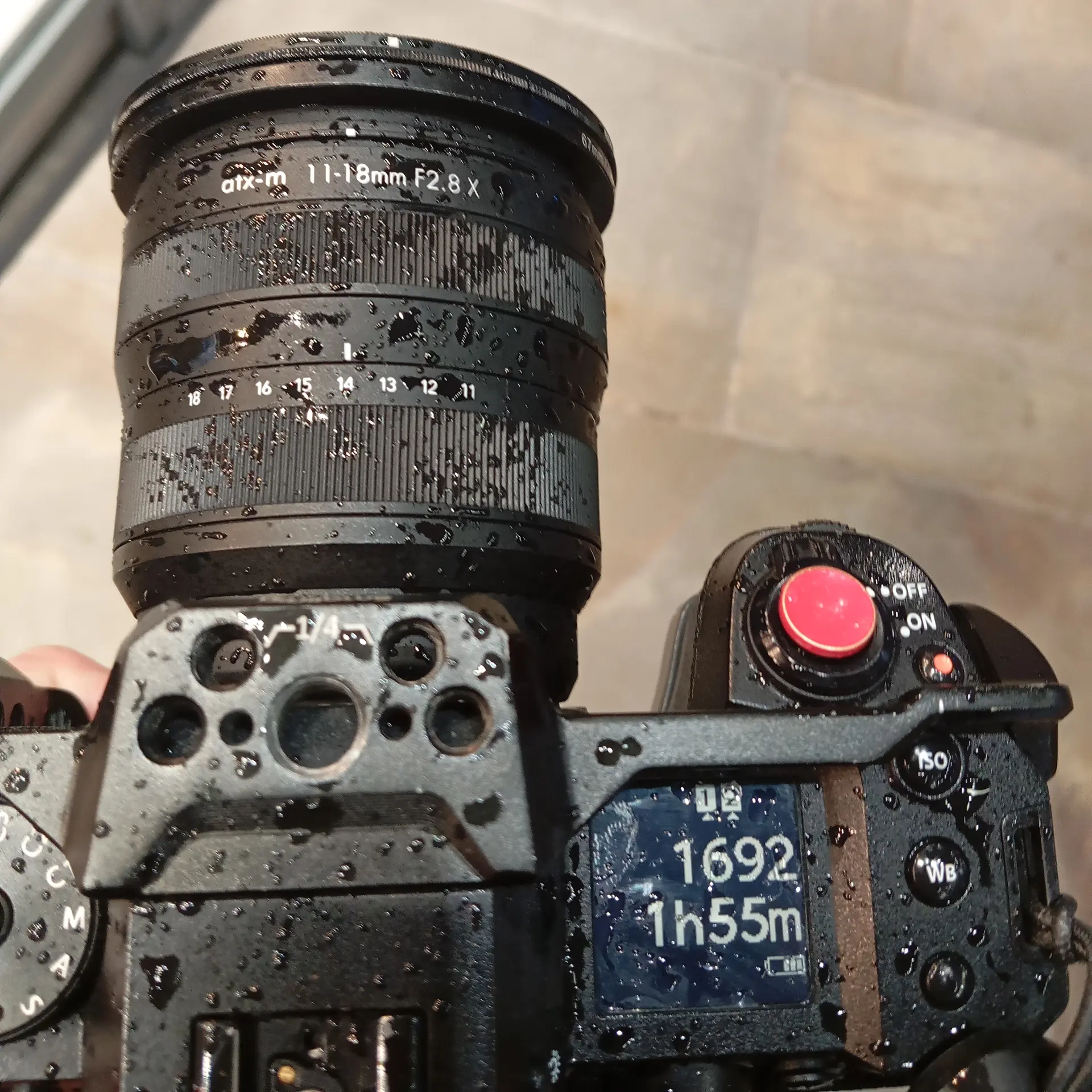
Size
The lens is very compact and the weight of the lens is only 320g (without caps and lens hood attached), while its dimensions are 74.4mm x 74.4mm for Fujfilm X version.
The center of gravity is well placed, no matter if you leave the zoom ring at 11mm or 18mm, and in overall the lens sits exceptionally well on almost all Fujifilm X cameras.
Honestly, it is such a joy to have this lens attached on my XH2s camera and walk-around either in the mountains or in a trip in another city/country.
Mount
The lens mount is made of metal, ensuring durability and a secure connection with the camera body. As mentioned in the first section, and unlike the E mount version, the X mount version now features a dust-protective rubber ring, a small yet significant upgrade that I’m very happy to see.
It’s worth noting that in my review of the E mount version, I highlighted the absence of a protective rubber ring as an area for improvement. It’s encouraging to see that Tokina has taken this feedback into consideration and implemented the rubber ring in the X mount version. This small but important addition provides an extra protection against dust and moisture, particularly useful for outdoor and travel photographers.
Of course, the mount includes electronic contacts to enable full communication with the camera body. This ensures seamless functionality for features like Autofocus, Electronic Aperture Control, EXIF Data recording, In-Camera Corrections, and In-Body Image Stabilization (IBIS), if your Fujifilm camera model supports it.
Additionally, on the top of the mount, opposite of the electronic contacts, you’ll find a micro USB port for firmware updates. This ensures that the lens remains compatible with future Fujifilm camera models and any performance optimizations Tokina may release. It’s a valuable feature that adds to the lens’s long-term usability and flexibility, without having to buy an extra dock adapter. However, I would prefer it to be USB-C type instead of the older micro usb. Not so important though.
Overall, the addition of the protective rubber ring to the X mount version is a welcome addition which shows Tokina’s commitment to improve their products based on user feedback. It’s a small detail that makes a big difference for photographers who often shoot in demanding environments.

Focus Ring
The focus ring has a well-proportioned size relative to the overall size of the lens, covering approximately 20% of the lens barrel. It is positioned at the front of the lens, just beneath the lens model name. The ring offers a solid and reliable grip, with a silky-smooth rotation that provides the ideal level of resistance for precise manual focusing.
The lens utilizes a “focus-by-wire” system, which is standard for modern mirrorless lenses. This technology means the lens can only be focused when the camera is powered on, and there are no hard stops at the minimum and maximum focusing distances.
Overall, the focus ring on the Tokina atx-m 11-18mm F2.8 X lens performs exceptionally well, providing an excellent manual focusing experience.

Zoom Ring
The lens features a well-designed zoom ring, located near the mount at the bottom part of the lens barrel. Slightly larger than the focus ring, the zoom ring provides the same excellent grip and smooth, fluid rotation, making it easy to adjust to your desired focal length with precision.
The focal length markings on the zoom ring are cleanly printed and evenly spaced, with approximately 0.5 cm of separation between them. This thoughtful spacing allows for quick and accurate selection of the ideal focal length, even when working in challenging shooting environments. The overall design ensures a user-friendly experience, whether you’re quickly switching focal lengths on the go or fine-tuning your framing for a particular shot.
Both Zoom and Focus Rings were easy to operate even when I was wearing gloves due to their excellent grip and good size.

Zooming in and out
The physical length of the lens changes slightly as the zoom ring is turned, and to be more specific, when the zoom ring is set to 11mm the lens extrudes by 1cm, while when set to 18mm it is retracted inside the barrel.
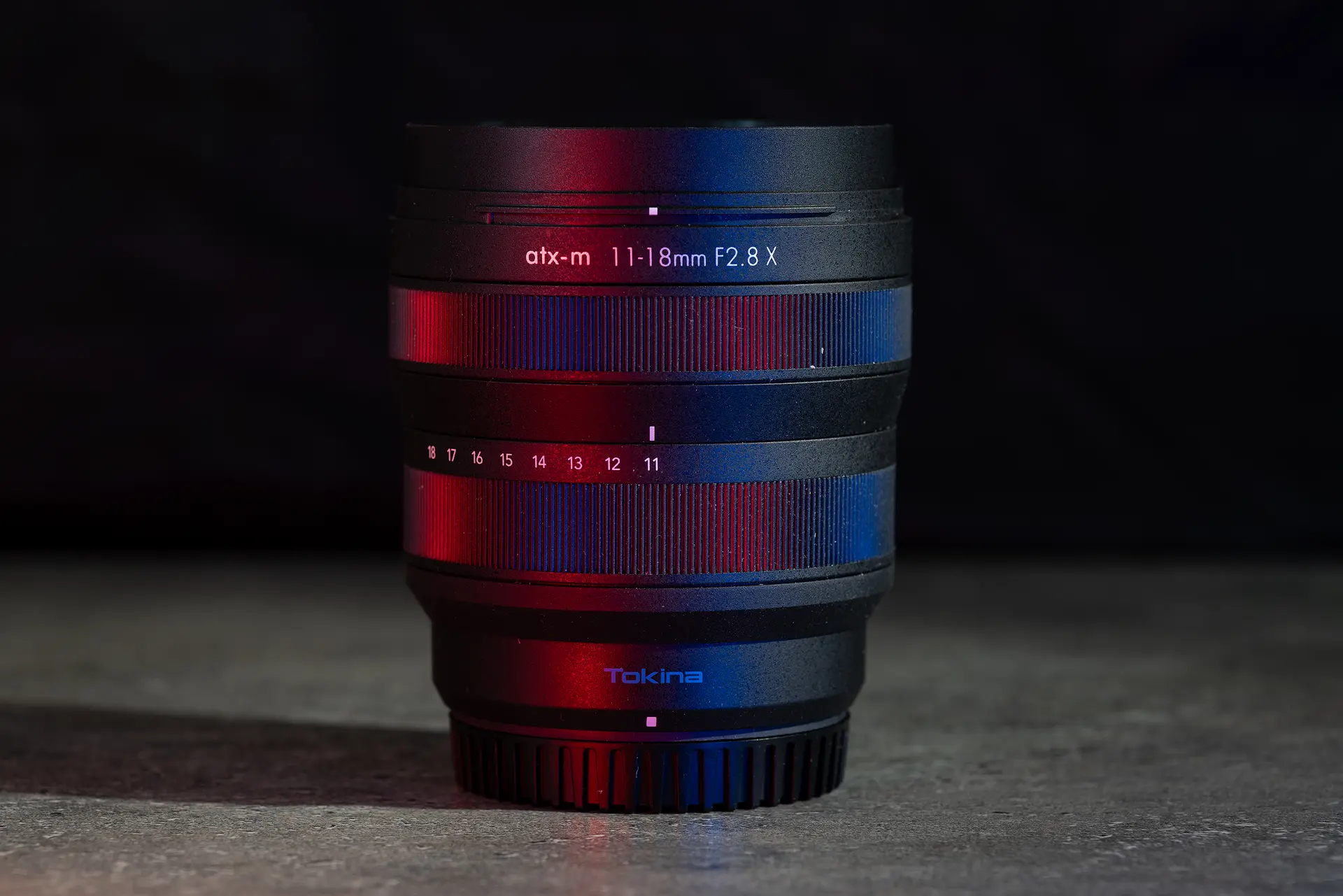
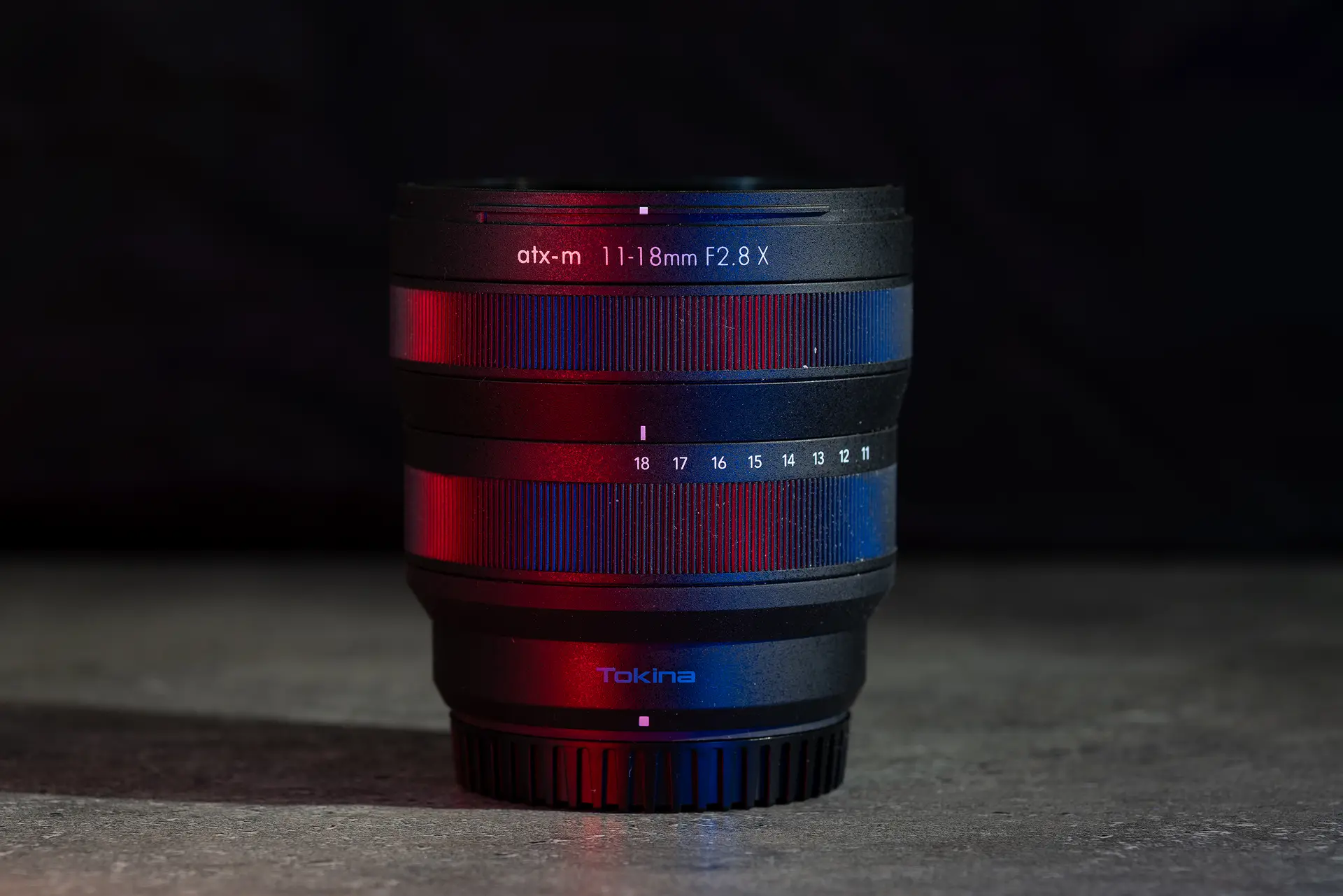
Lens Hood
The lens comes with a screw-on type BH-674 lens hood, which is made from durable plastic. Compared to other Tokina models, the material of this hood feels slightly rougher to the touch, but this does not affect its functionality.
The lens hood can be conveniently stored on the lens by attaching it in reverse, making it easy to carry without taking up extra space in your bag. It does an excellent job of protecting the front element from scratches and physical damage, while also helping to minimize unwanted artifacts such as lens flare or glare when shooting in challenging lighting conditions.
It’s worth noting that the lens hood included with the X mount version is identical to the one provided with the E mount version.

Optics
Optical Design
The Tokina atx-m 11-18mm F2.8 X lens incorporates a complex optical design with a well balanced arrangement of two (2) aspherical and two (2) super low-dispersion (SD) glass elements to suppress chromatic aberrations, while providing rich color reproduction with minimal light fall-off and distortion.
All elements, including the front glass, are fully multi-coated with Tokina’s original Super Low Reflection Multi-Coating formula, minimizing flaring and ghosting issues, having very good contrast levels across the frame, while also providing water, oil and dust repellent abilities on the front element.
Lastly, the lens features a rounded diaphragm of nine (9) blades and the angle of view is 104.3° degrees on 11mm and 76.7° at 18mm.
Technical Specifications
- Brand: Tokina
- Mount Type: Fujifilm X
- Compatible Format(s): APS-C
- Focal Length: 11-18mm (equivalent in Full Frame: 16.5-27mm)
- Maximum Aperture: f/2.8
- Minimum Aperture: f/22
- Angle of View (FX-format): 104.3° – 76.7°
- Elements: 13
- Groups: 11
- Diaphragm Blades: 9, Rounded
- Coatings: Multi-Coated
- SD (low Dispersion) Glass Elements: 2
- Aspherical Glass Elements: 2
- Filter Size: 67mm
- Image Stabilization : N/A
- Autofocus: Yes, STM
- Focus Mode: Autofocus/Manual Focus
- Macro ratio: 1:9.2 (at 11mm) – 1:12.4 (at 18mm)
- Minimum Focus Distance: 19cm (at 11mm) – 30cm (at 18mm)
- Overall Length: 74.4mm
- Diameter: 74.4mm
- Weight (Approx.): 320g
- Hood: Round Bayonet type BH-624 (included)
- Country of Origin: Japan
Focusing
Autofocus
The Tokina atx-m 11-18mm F2.8 X lens features an ST-M focus motor unit, which is totally silent in its operation.
The autofocus speed is very quick and precise in both stills and video.
In all my tests with the Fujifilm XH2s camera (with the latest firmware v.7.1.0), I was very pleased as the lens focused accurately and instantly in every scenario. Even in low light and wide open at F2.8, the lens AF was exceptional.
Focus peaking function also works properly, although I would suggest to use the LOW setting on your camera since the wide field of view of the lens can sometimes trick you when focusing manually. Lastly, there is no AF/MF switch on the lens.
The location chosen for the following AF performance test video, was specifically selected because of its busy, dynamic background, which was further complicated by strong winds causing movement. My goal was to add an extra layer of difficulty to push AF system to its limits.
The camera used was the Fujifilm XH2s with latest firmware (v7.1.0). Camera was mounted on Slik Vari CF-704 tripod with Slik PBH-45LP ballhead.
The lens overall performed exceptionally well, focusing properly on the person closest to the camera.
However, as seen in the video, there are a few instances where the camera loses focus, particularly when multiple subjects are in the frame (Test 4). That said, the lens quickly reacquires focus.
Minimum Focusing Distance
The minimum focusing distance of this lens is only 19cm at 11mm focal length, and can result in some very interesting framing opportunities along with the wide field of view. At 18mm, the minimum focusing distance is increased to 30 cm, which again can bring you very close to your subject and provide plenty of good shot opportunities.
In overall, I didn’t encounter any issues when focusing close to subject, and in most cases I didn’t have to make any manual micro-adjustments with focus ring.
Focus Breathing
The Tokina atx-m 11-18mm F2.8 X lens shows a small amount of focus breathing, though it’s minimal and unlikely to be noticeable in most real-world shooting scenarios. For both photography and videography, the effect is negligible and shouldn’t impact the overall quality of your work.
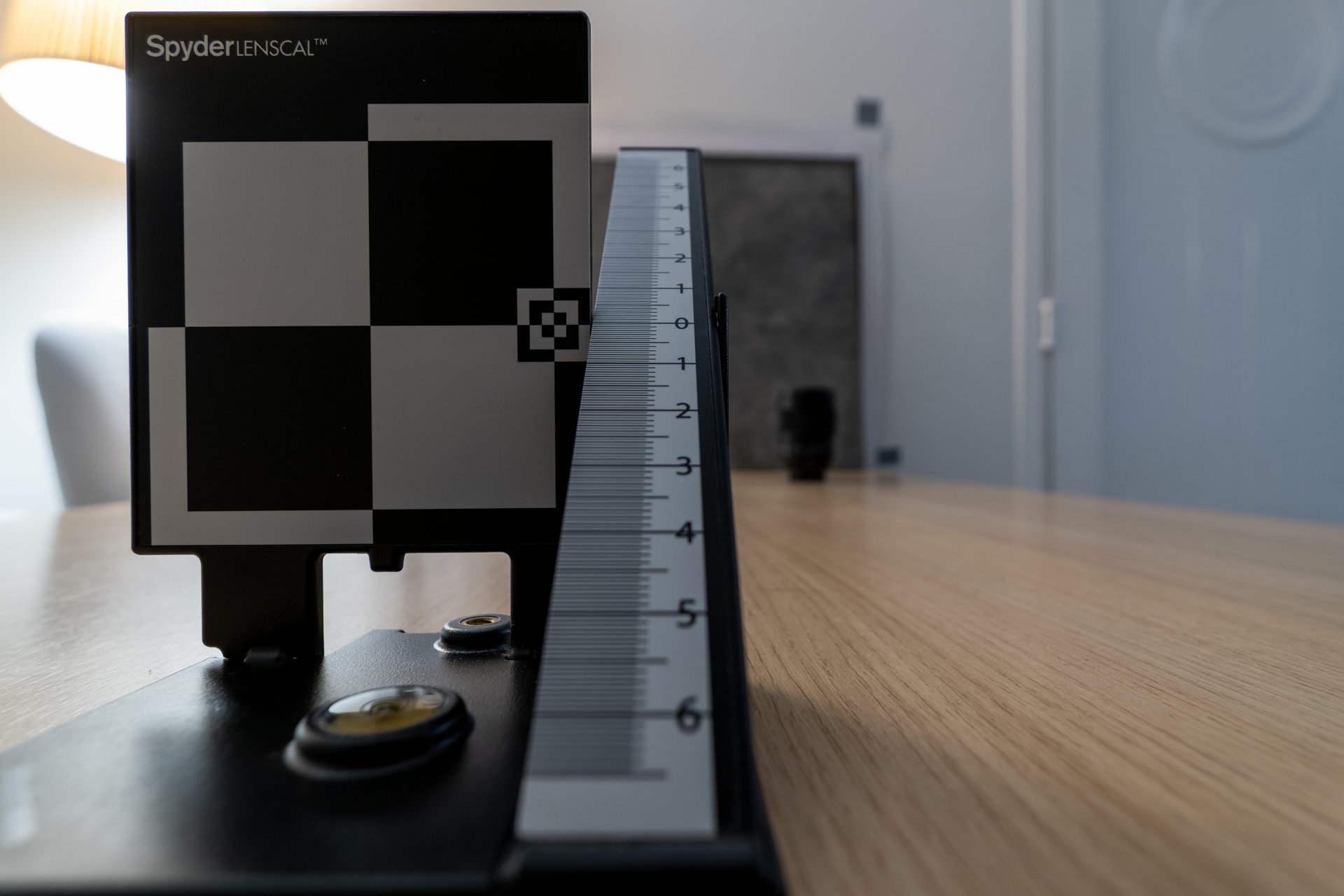
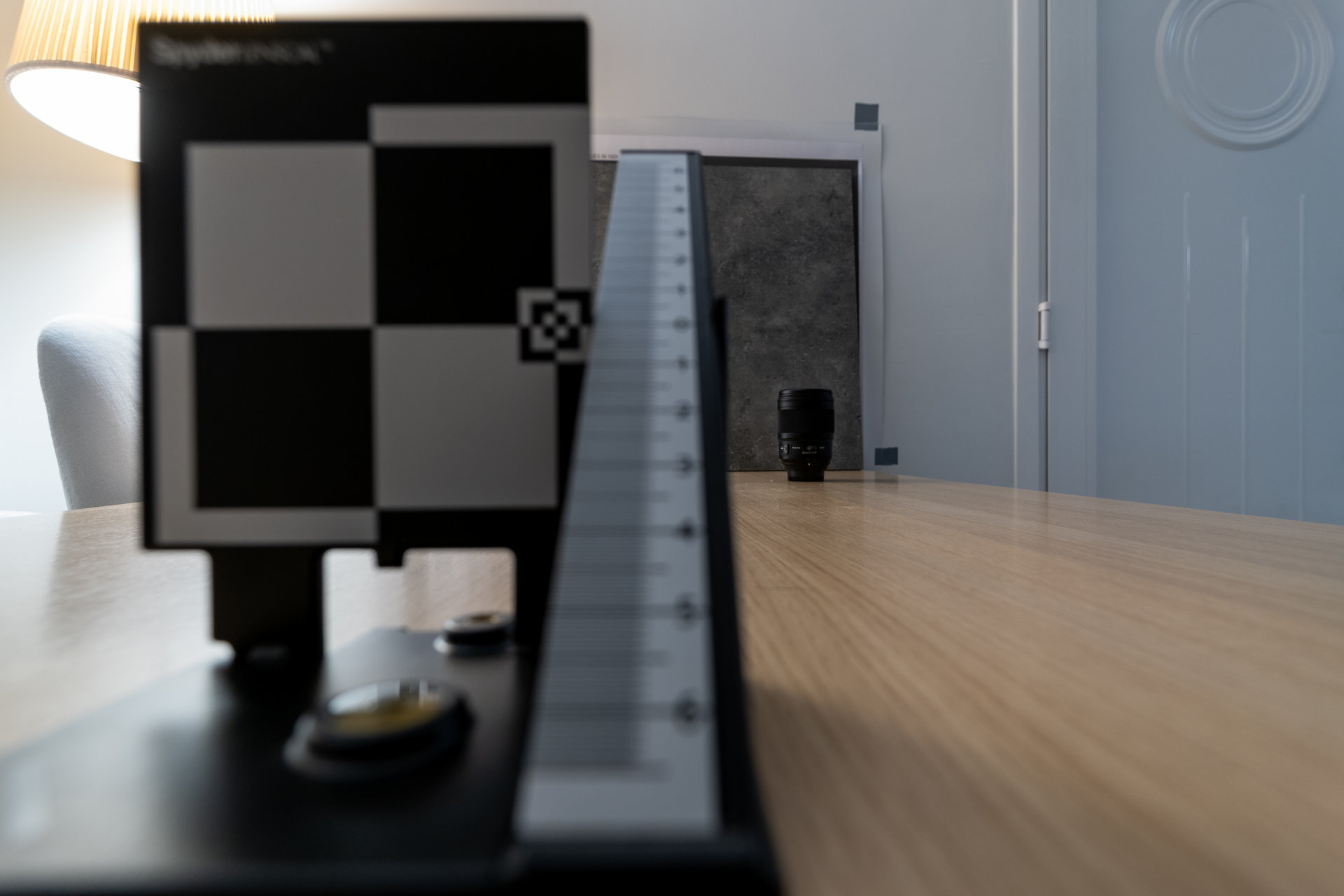
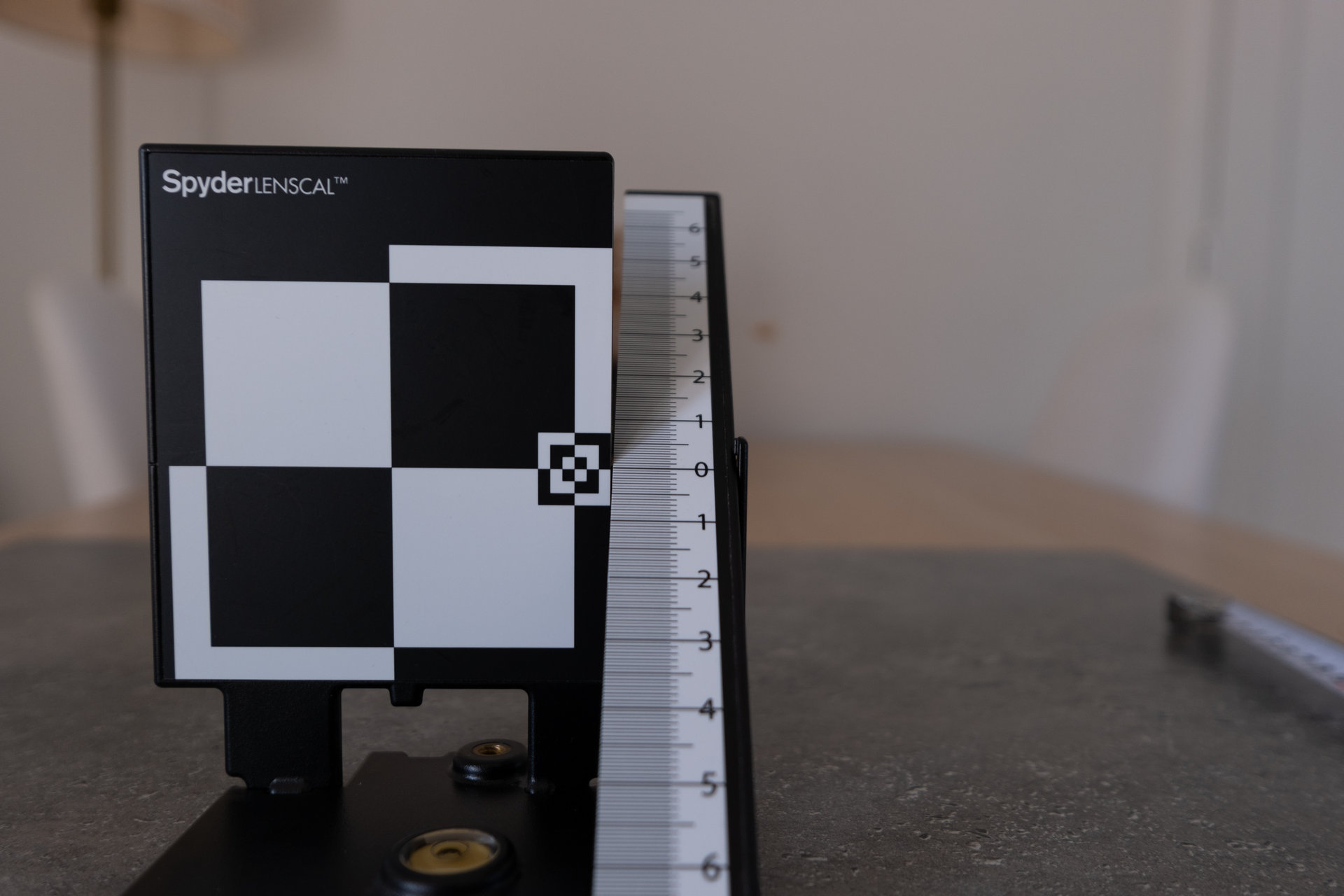
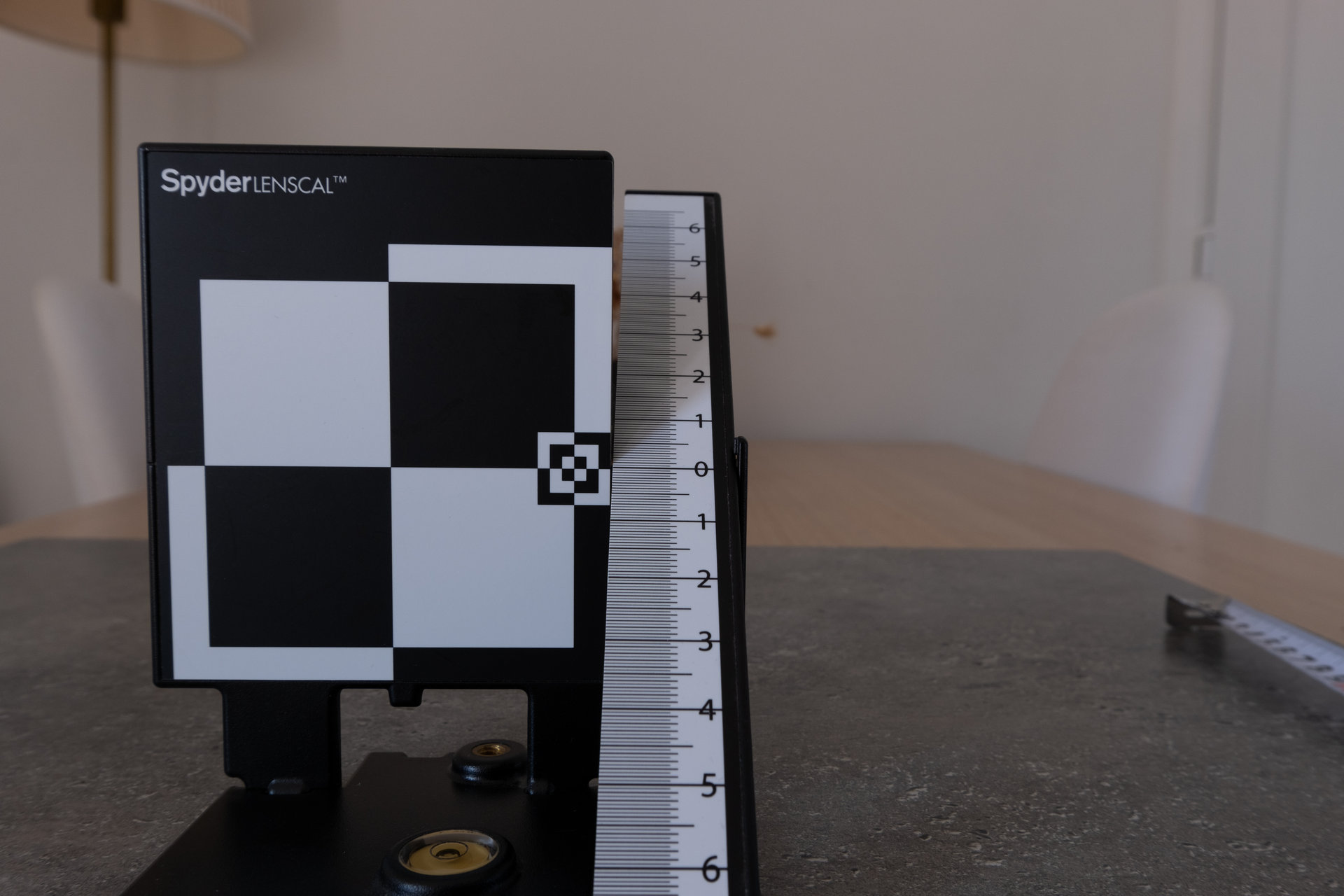
Optical Performance
Sharpness (Lab Test)
When it comes to sharpness, the Tokina atx-m 11-18mm F2.8 X lens delivers good performance wide open at F2.8, particularly at the center of the frame, while the edges show medium sharpness levels. Stopping down to F4 brings a noticeable improvement, with very good sharpness across the entire frame.
The lens reaches its sweet spot at F5.6, where both the center and edges achieve outstanding sharpness, making it the ideal aperture for critical detail and maximum clarity. At F8, sharpness levels are very close to those of F5.6 with the entire frame maintaining excellent sharpness, although some softness can be start being visible close to the edges.
Beyond F9-F10, diffraction begins to soften the image, resulting in a gradual decrease in sharpness across the frame. By F16, the image quality deteriorates significantly, and at F22, the image becomes very soft, negatively impacting overall image quality.
For optimal results, the lens performs best in the F4-F8 range.
11mm
11mm | F2.8 vs F5.6


18mm
18mm | F2.8 vs F5.6
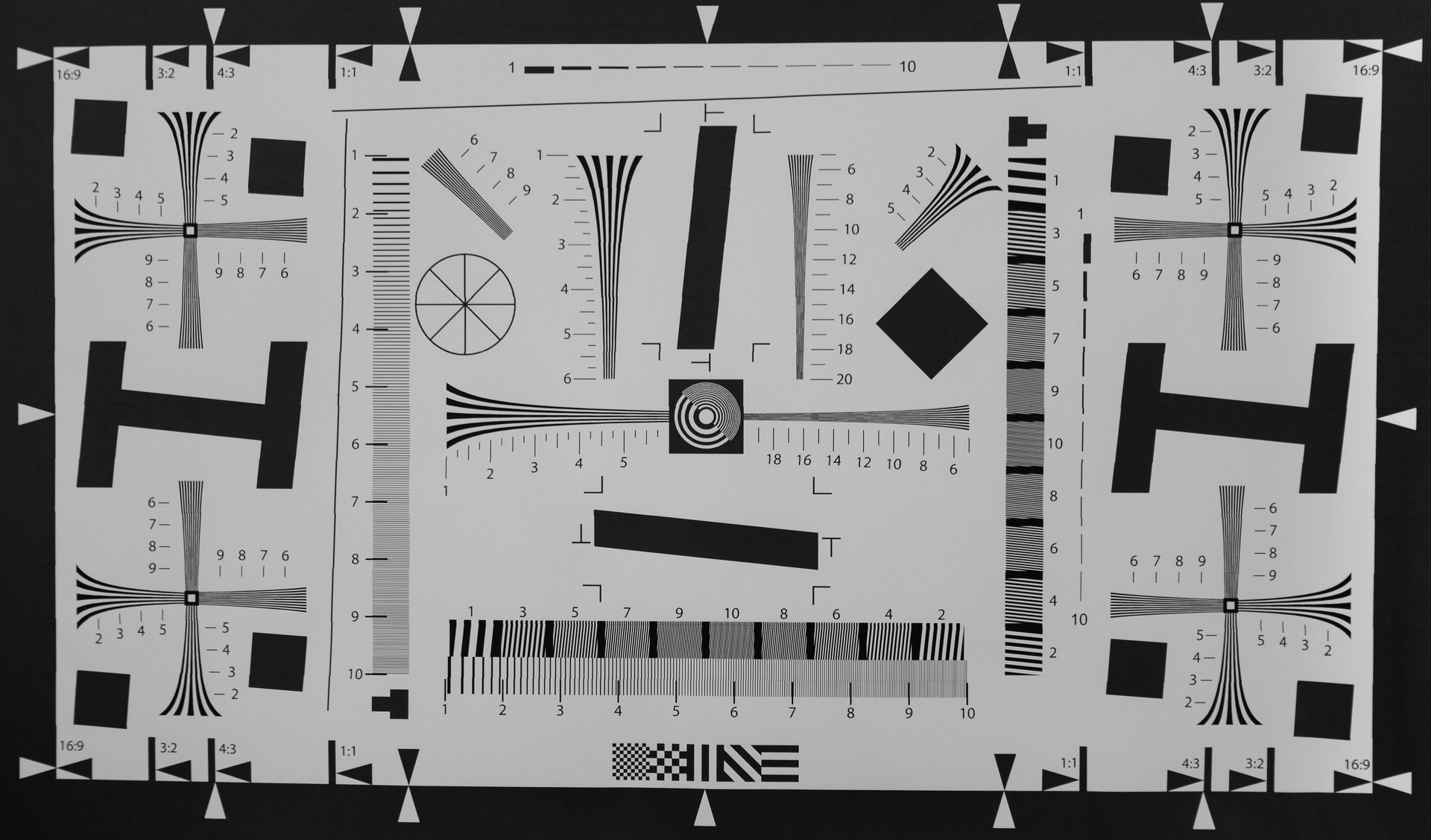
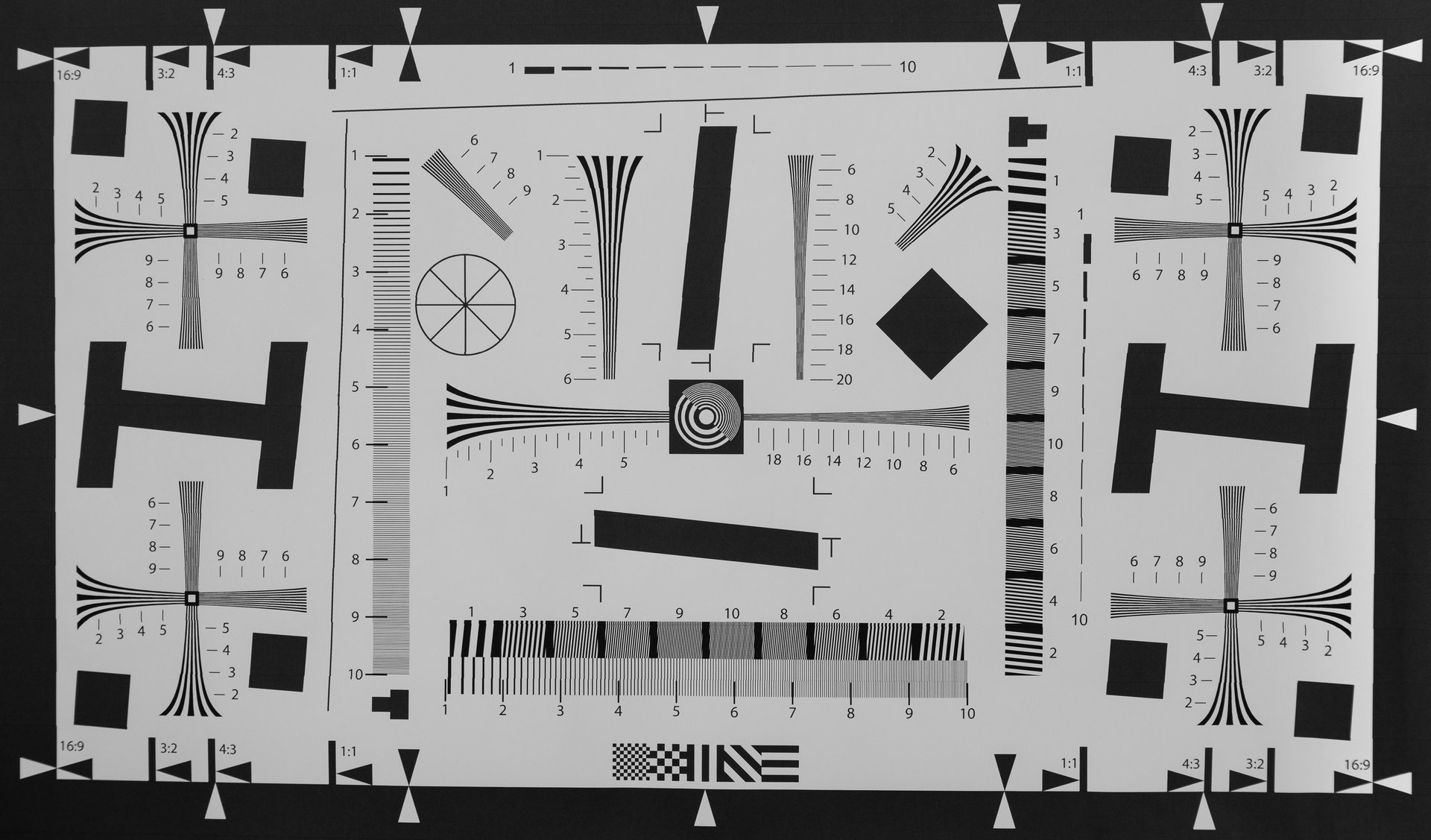
Sharpness (In the Field)
While we’ve already evaluated the lens’s performance in the controlled environment of the lab, I’ve always said that lab tests, no matter how detailed may be, only tell part of the story. A lens truly reveals its capabilities out in the field.
The Tokina atx-m 11-18mm F2.8 X lens shines in real-world use, delivering sharp images with very good sharpness across the frame. It consistently produces beautifully rendered shots, showcasing its impressive optical performance in practical, real world scenarios.
Chromatic Aberration
Chromatic aberration, or fringing, are those purple and green color halos around areas of difficult (high) contrast transitions.
They usually appear around narrow dark regions that are over a bright background, like in example some tree branches over a sky background. Depending on the lens design, CA can be intense and probably annoying to say the least.
In the case of the Tokina atx-m 11-18mm F2.8 X lens however, there is no such issue as visible chromatic aberration, as the lens design is exceptional and it is handling CA excellently.
I honestly pushed the lens to the limits to see if it is possible to produce some chromatic aberration, but I didn’t encounter any on all my tests.
Flaring & Ghosting
In terms of handling flaring and ghosting, the Tokina atx-m 11-18mm F2.8 X lens performs overall well. Thanks to Tokina’s original Multi Coating formula, both flaring and ghosting are well-controlled in most occasions, especially when the light source is directly facing the lens. In these scenarios, any ghosting is minimal and it is easy to fix it in post-processing.
Based on my tests, in scenarios with difficult and intense lighting where the light source (i.e. the Sun) is very bright and located in an angle towards the side of the frame, there are signs of green ghosting, which again can be removed in post, although I must mention that sometimes can be intense.
However, as a hybrid shooter myself, meaning as a professional that shoots both videos and stills daily for my work, especially for videography, these aberrations are something that most videographers are looking for in a lens, as these can be used creatively and add even more interest to the shot.

Vignetting
The Tokina atx-m 11-18mm F2.8 X lens produces a slight amount of light fall-off towards the edges of the frame when shooting wide open at F/2.8 in 11mm, and clears completely at F/3.6. At 18mm, vignetting is even less visible when wide open, and again at F/3.6 I couldn’t see it at all.


@11mm


@18mm
Bokeh
The nine (9) blade rounded diaphragm combined with the wide F2.8 aperture, has the potential to produce beautifully smooth bokeh. However, it’s important to remember that this is an ultra-wide-angle zoom lens, not a standard portrait prime. While the bokeh may not always be visible (depending on the shot), the transitions between in-focus and out-of-focus areas are rendered beautifully, resulting in a delicate and pleasing aesthetic.
Color Rendering
Not much to say here as Color Rendering in Tokina lenses has always been great, due to it’s exclusive Super Low Reflection Multi-Coating, and the same applies with the atx-m 11-18mm F2.8 X lens which performs very well in this aspect.
The lens renders images with beautiful, natural-looking colors with excellent accuracy and saturation. Whether shooting landscapes, architecture, or everyday scenes, the lens consistently reproduces vibrant yet true-to-life hues, enhancing the overall image quality, making it a reliable and solid choice for photographers that prioritize color rendering in their images.
Distortion
Another area that this lens really shines is distortion.
Based on extensive tests, I found that the lens produces almost no visible distortion in any shooting scenario. This exceptional performance ensures straight lines remain true and accurate, even at the widest focal lengths, making this lens an ideal choice for architectural and real estate photography. Whether capturing interiors or expansive cityscapes, the lens delivers distortion-free results with remarkable consistency.


Comatic Aberration (Coma)
Coma is an optical aberration that afflicts off-axis light and it is caused by the curvature of the principal planes of the optical system, which becomes apparent when the light rays from the source enter the lens at an indirect angle causing the image to be off axis. The result is a comatic spot in shape, having a bright central core with a triangular flare extending toward the optical axis of the lens.
The coma performance of the Tokina atx-m 11-18mm F2.8 X is identical to the E-Mount version, which is acceptable.
That basically means that when the lens is wide open at F2.8, coma is visible in the edges of the frame.
While it is not so distracting and the images are totally usable, it still has to be noted.
Bonus Tip:
It’s common for most (ultra) wide-angle lenses available on the market, despite of their price tag or manufacturer, to produce coma. It’s all about optics and the lens designer must really do wonders to minimize or produce zero coma levels. Usually that costs a lot of money and/or the lens size & weight will increase a lot.
However, this shouldn’t discourage you, and I’m not talking only about the Tokina atx-m 11-18mm F2.8 X lens. The tip that I’m about to share with you can be used in all lenses that have medium coma performance.
The solution to minimize coma levels on your astro shots, or to phrase it better, make coma “not-visible” is to use a softening filter (Mist, Diffusion).
With the help of this filter during a shooting under the night sky, the bright stars will be captured with a halo that basically will make comatic aberration not so visible, or at least, not distracting. Just keep in mind to use a softening filter with the lowest possible softening strength (1/8, 1/4).

Personal Thoughts
In the review of the Tokina atx-m 11-18mm E-Mount version, I have noted how much I miss the reincarnation of the legendary 11-16mm for X Mount, and finally the time has come as Tokina has heard my wishes (and read my countless emails). Not only that, but they also managed to add the protective rubber ring on the mount (another note that I made).
Tokina atx-m 11-18mm F2.8 X lens is a great lens, with an almost flawless performance in most aspects and its a highly recommended option for hybrid shooters. Its also ideal for travel, wedding, real estate and landscape photography.
Since receiving this lens, it hasn’t left my camera bag for any reason, since there is always a need in all my commercial work.
Sorry if I sound so excited but I honestly am with this lens and I’m sure most X-Mount users will feel the same after start shooting with it.
As a Fujifilm camera user for the last four (4) years, this lens was the missing piece in my camera bag, at least for my shooting style.
While it has a few minor issues, this lens has instantly become one of my favorites for its versatility and overall performance in the demanding needs of today’s shooting work.
With this lens, Tokina basically offers an almost complete focal length range for the X-Mount, and basically what is missing at the moment is a dedicated macro lens. Obviously a normal zoom lens, i.e. 18-55mm, and a 55-200mm would also be well received, but let’s not be greedy, ok?
Conclusion
“Finally, a versatile ultra-wide-angle lens that can be used in almost every shooting scenario, delivering close to excellent optical quality in a compact form. While the price tag is on the higher side, its performance makes it an ideal choice for hybrid shooters, and its also highly recommended for travel and real estate photographers & videographers.”

Ratings
| Build Quality: |  (8.1 / 10) (8.1 / 10) |
| Handling: |  (9.2 / 10) (9.2 / 10) |
| Size and Weight: |  (9.4 / 10) (9.4 / 10) |
| Optical Performance: |  (8.5 / 10) (8.5 / 10) |
| Focus Speed and Accuracy: |  (8.8 / 10) (8.8 / 10) |
| Features: |  (6.9 / 10) (6.9 / 10) |
| Versatility: |  (8.9 / 10) (8.9 / 10) |
| Price Tag: |  (7.9 / 10) (7.9 / 10) |
| Average: |  (8.5 / 10) (8.5 / 10) |
Want to get notified when a new review is published?
Consider subscribing to my Newsletter!
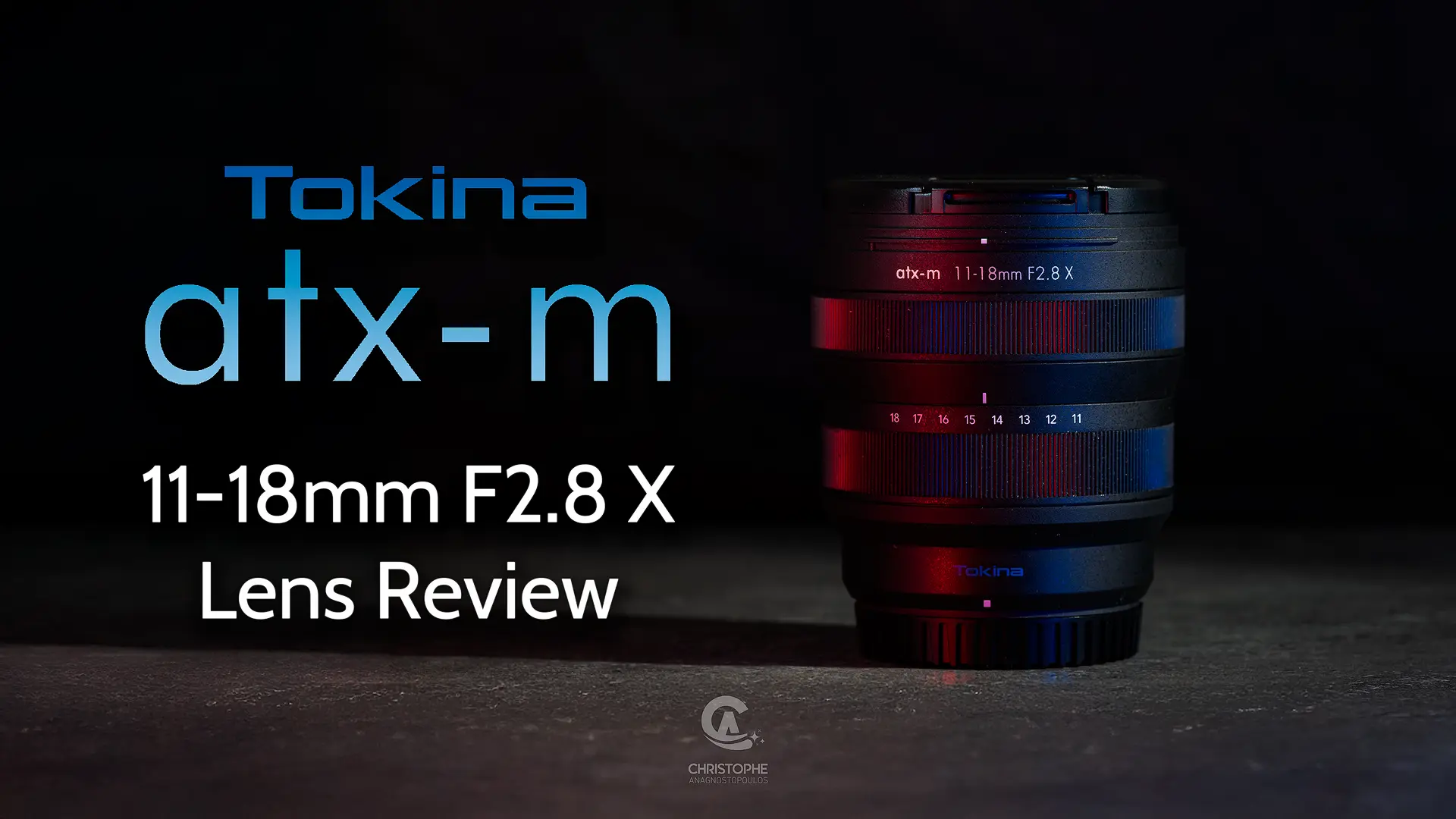







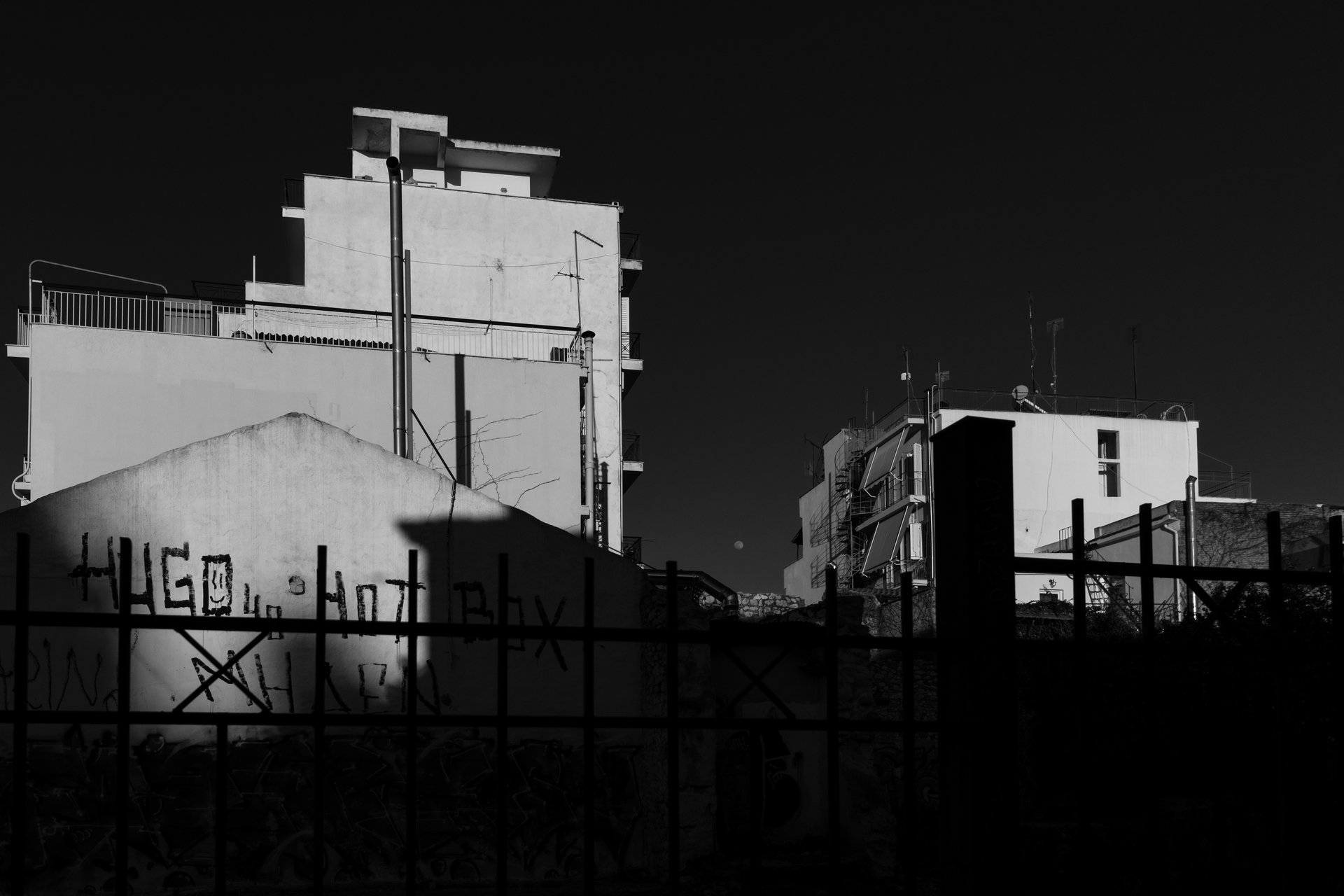











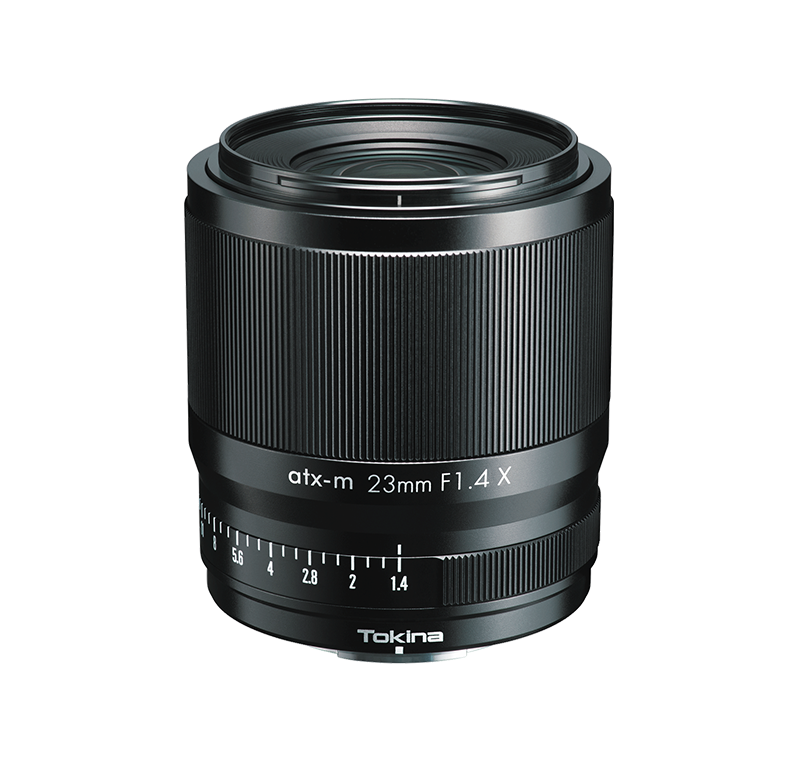

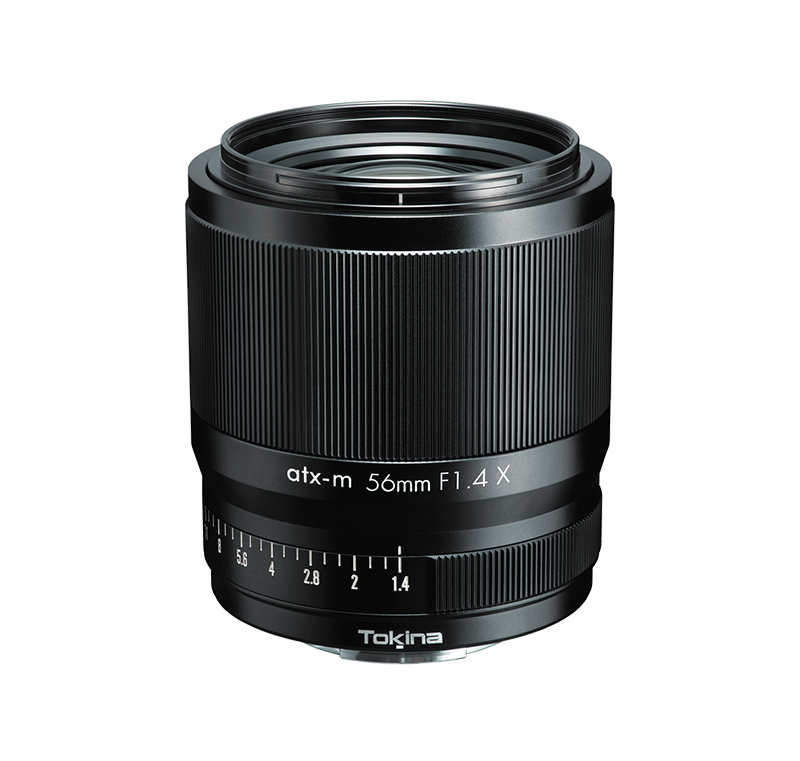
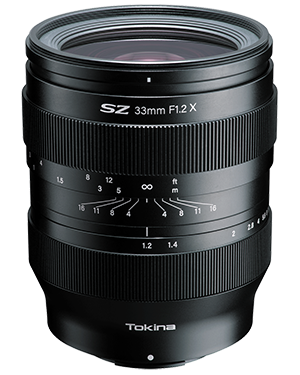

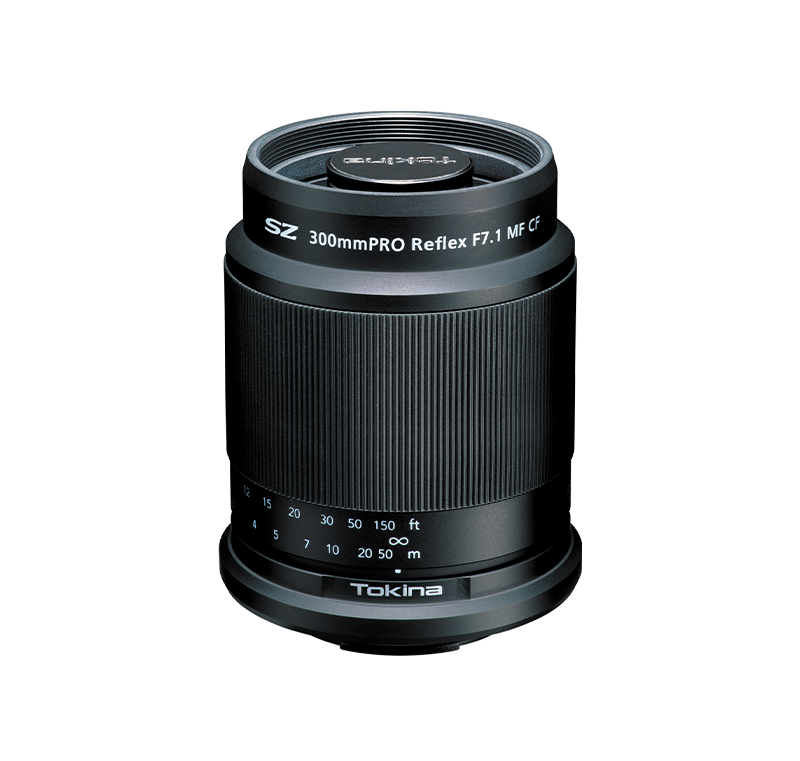
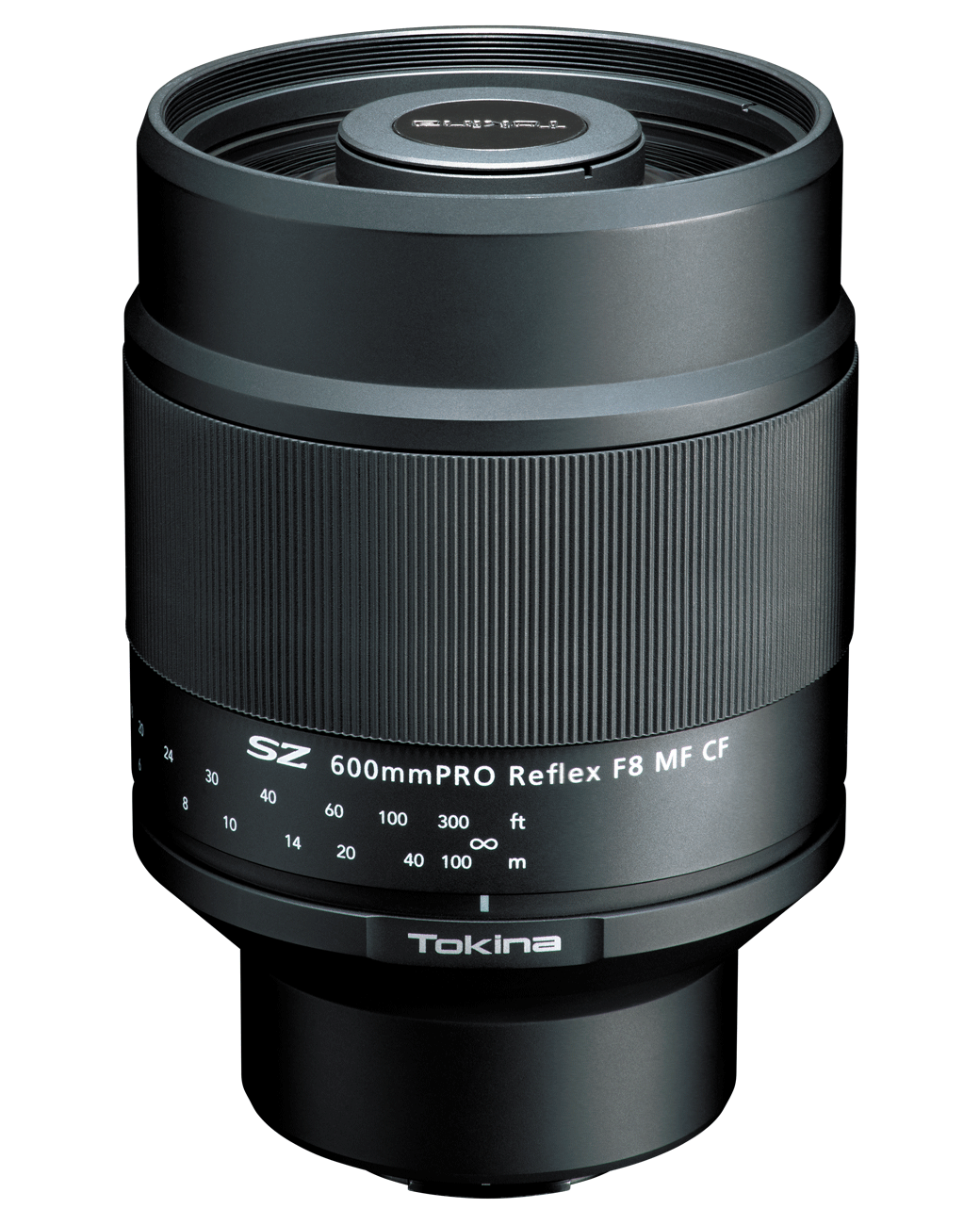
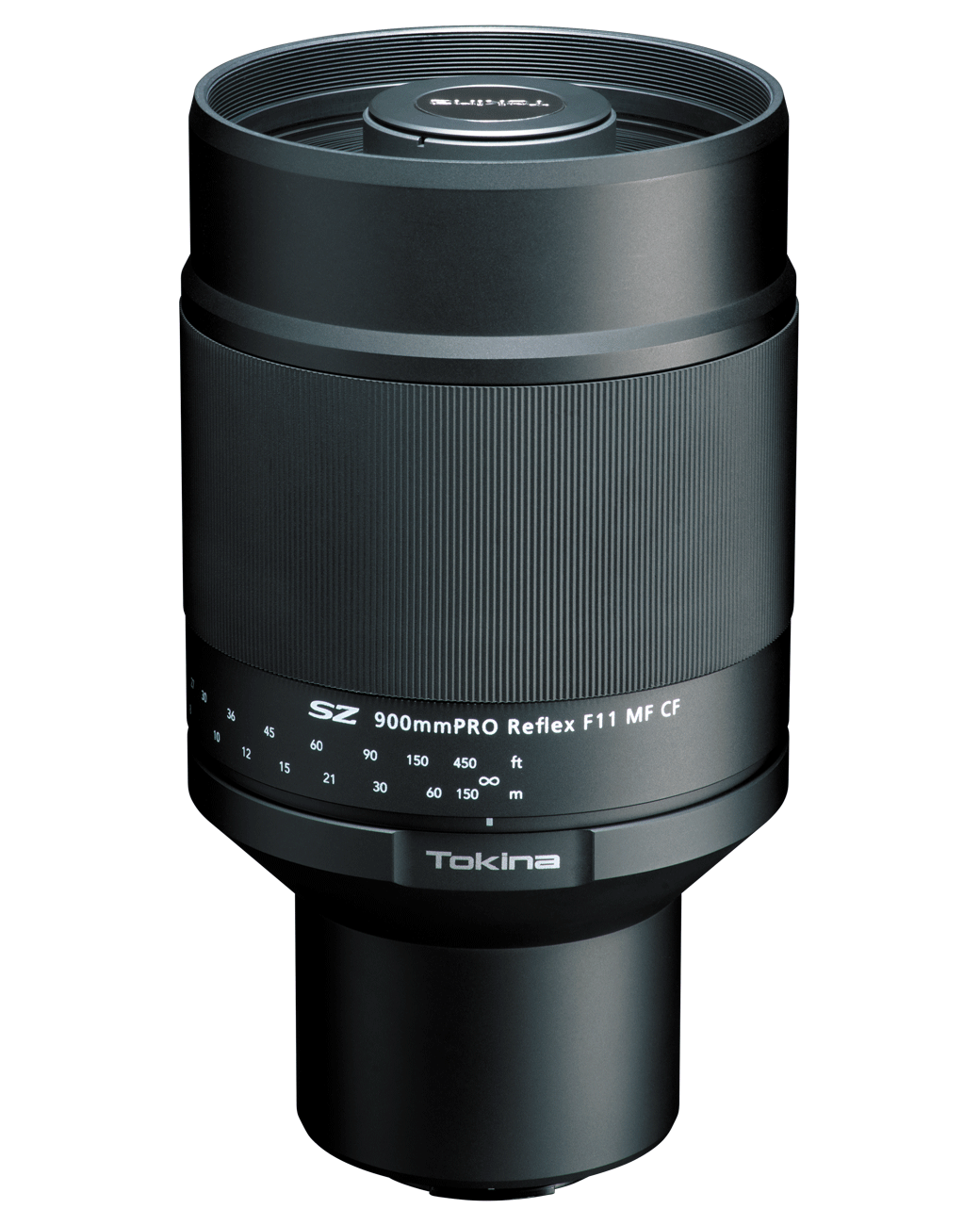









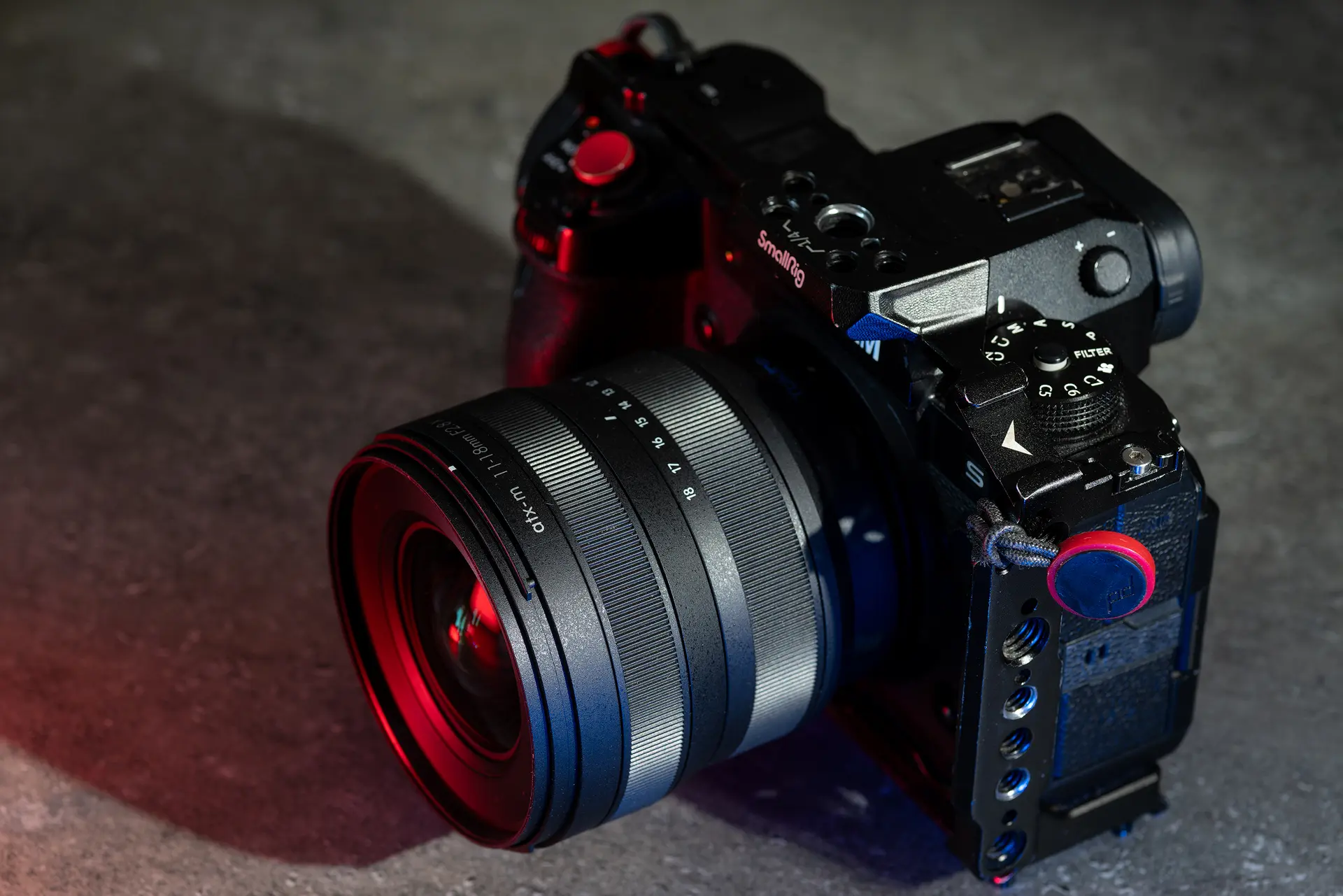








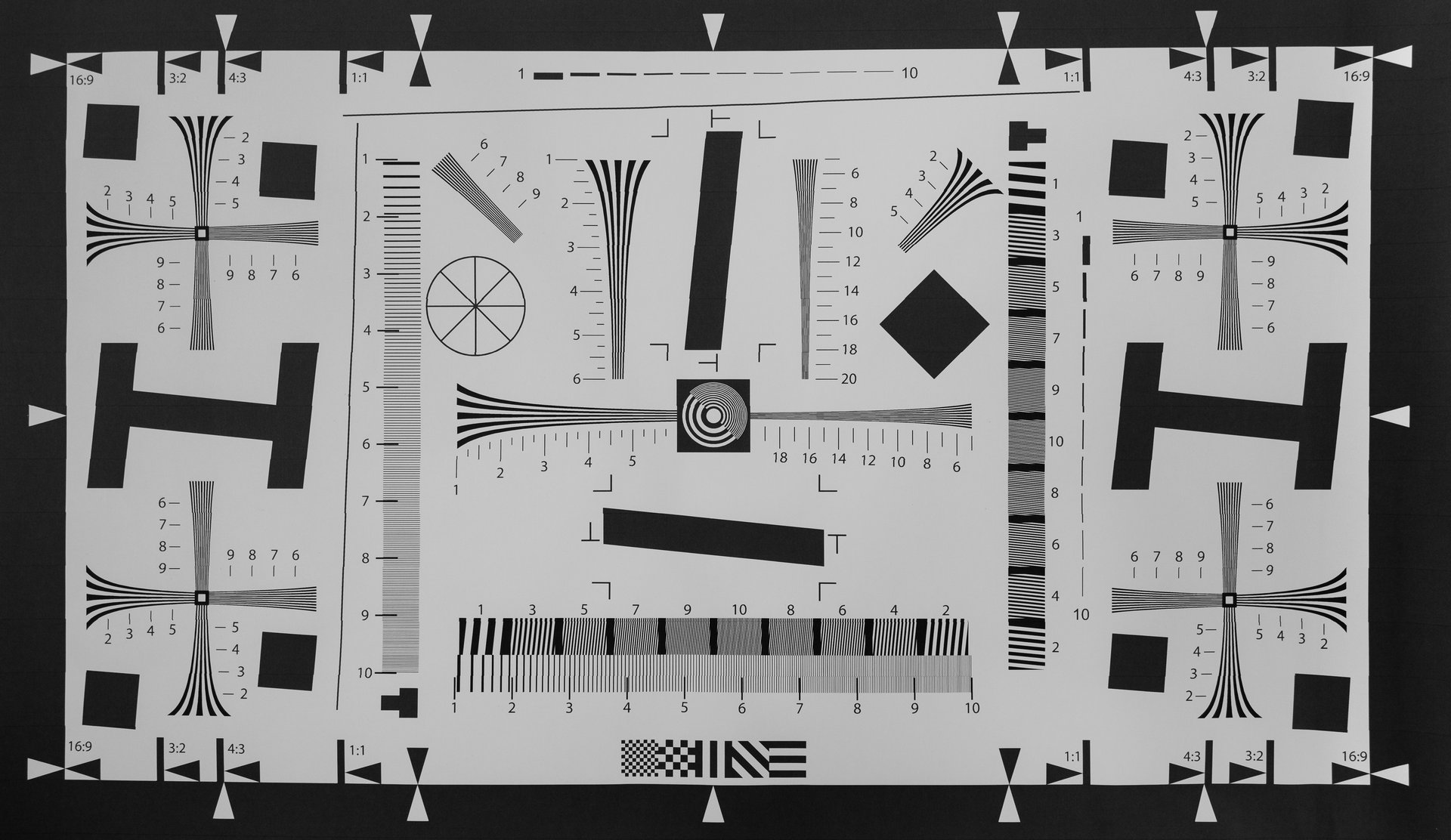
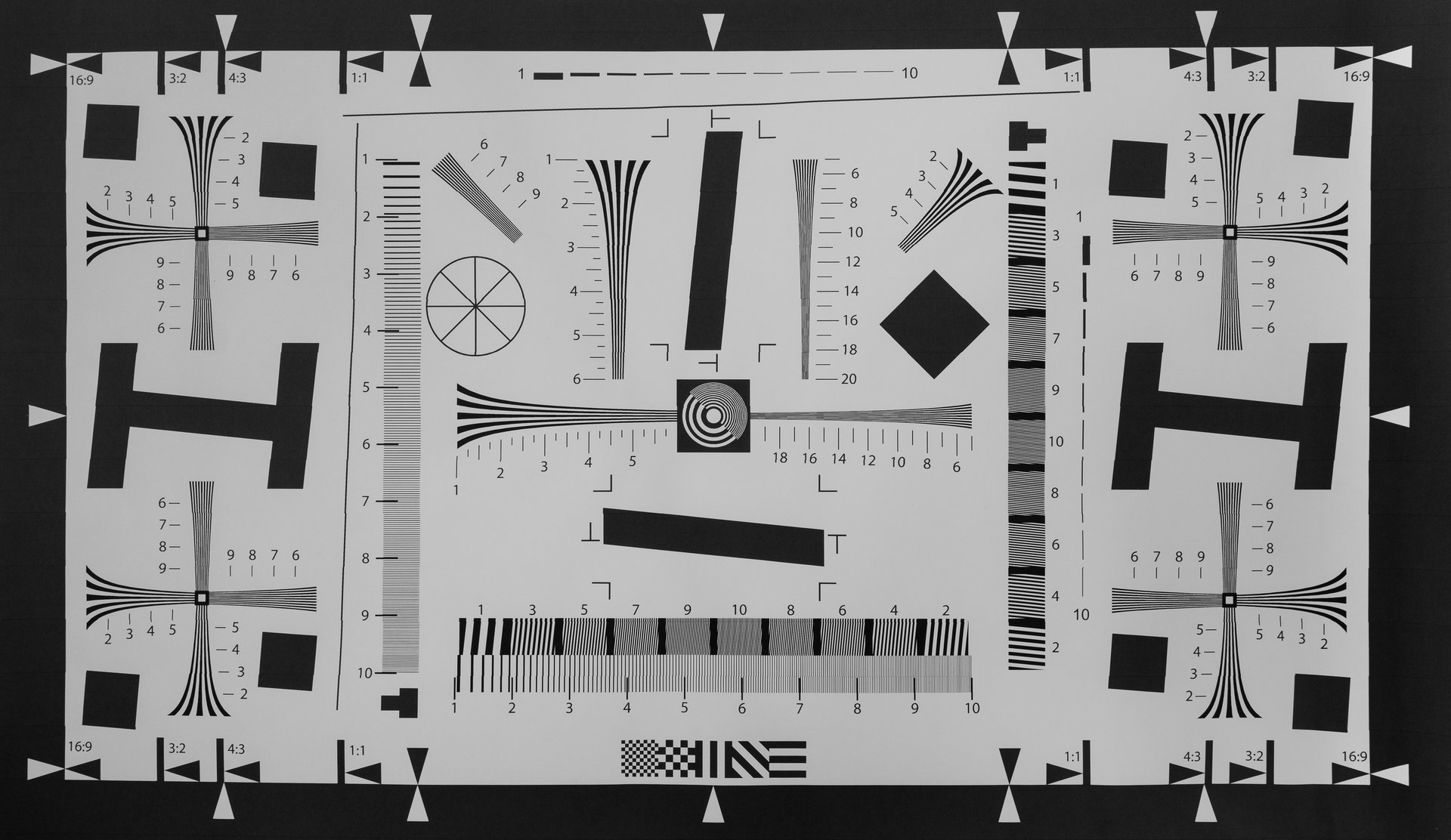
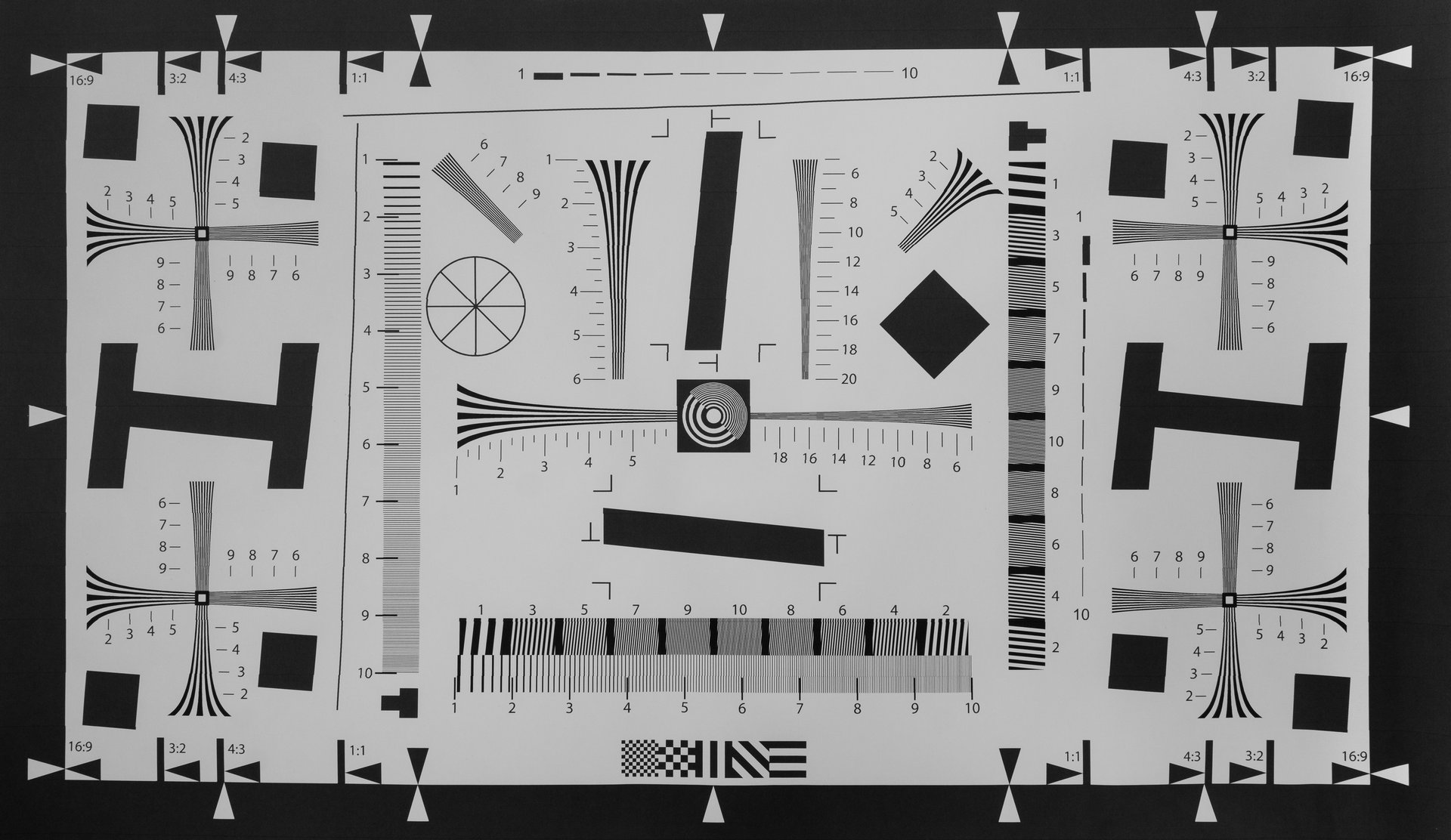
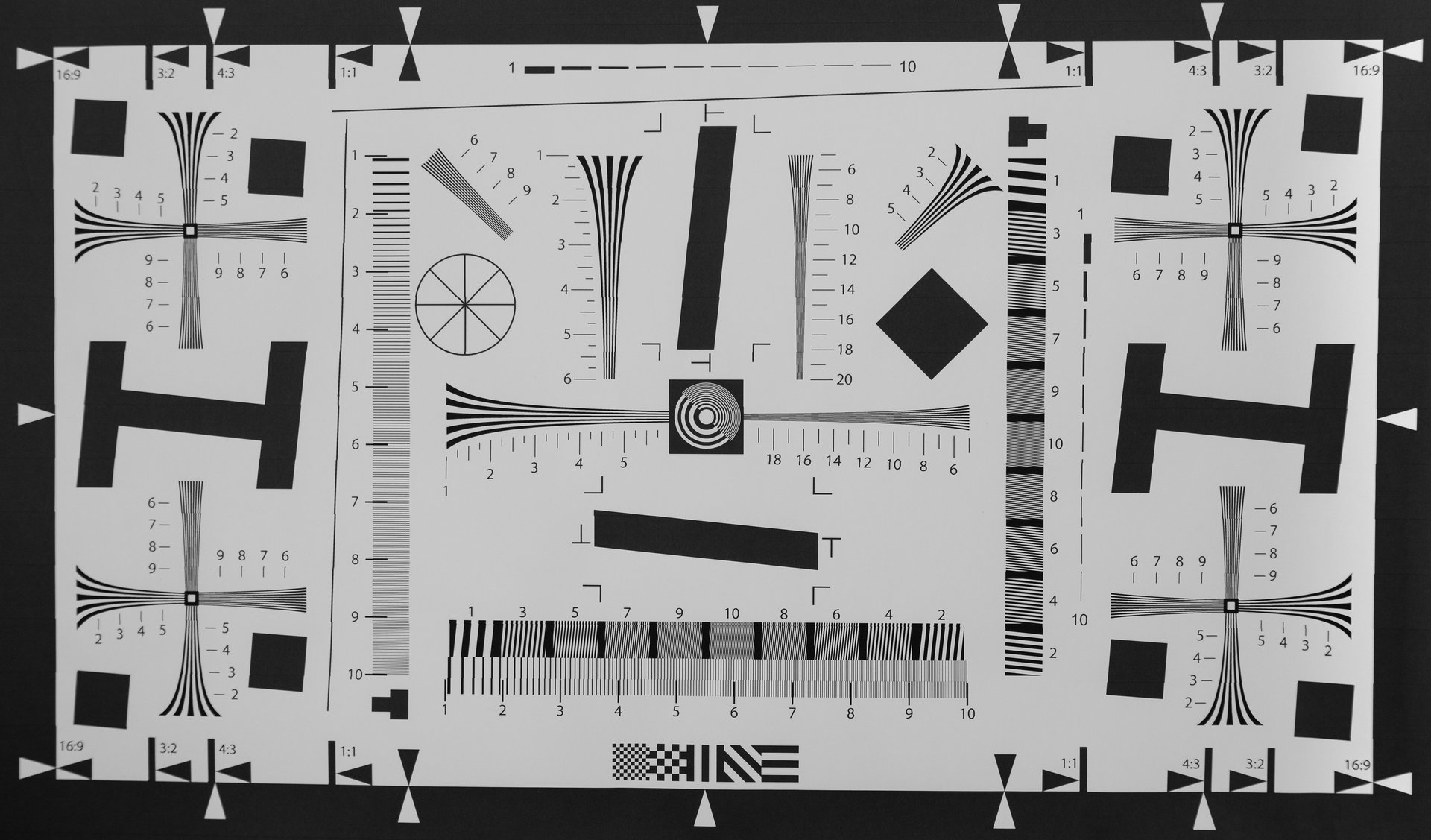
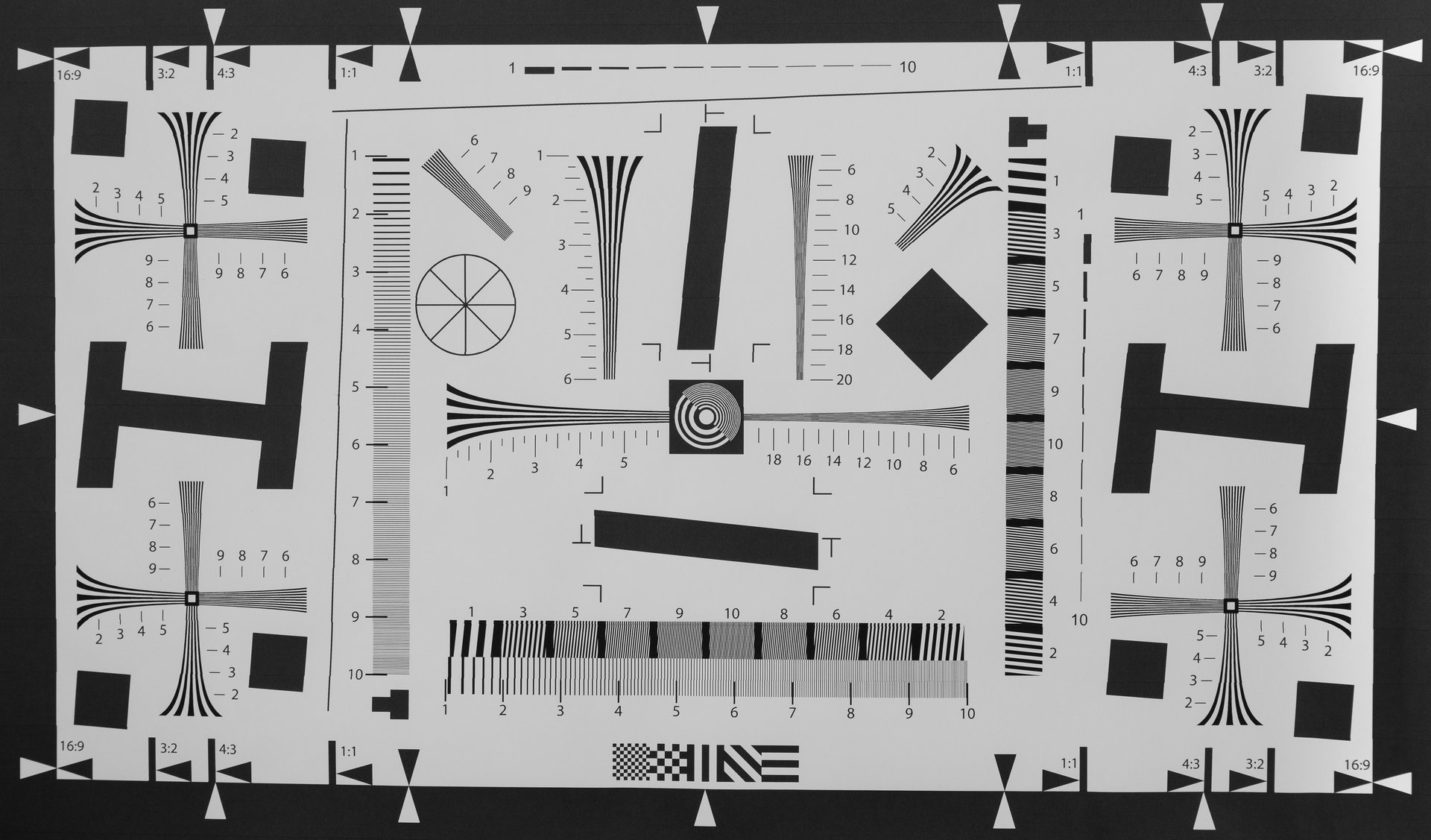
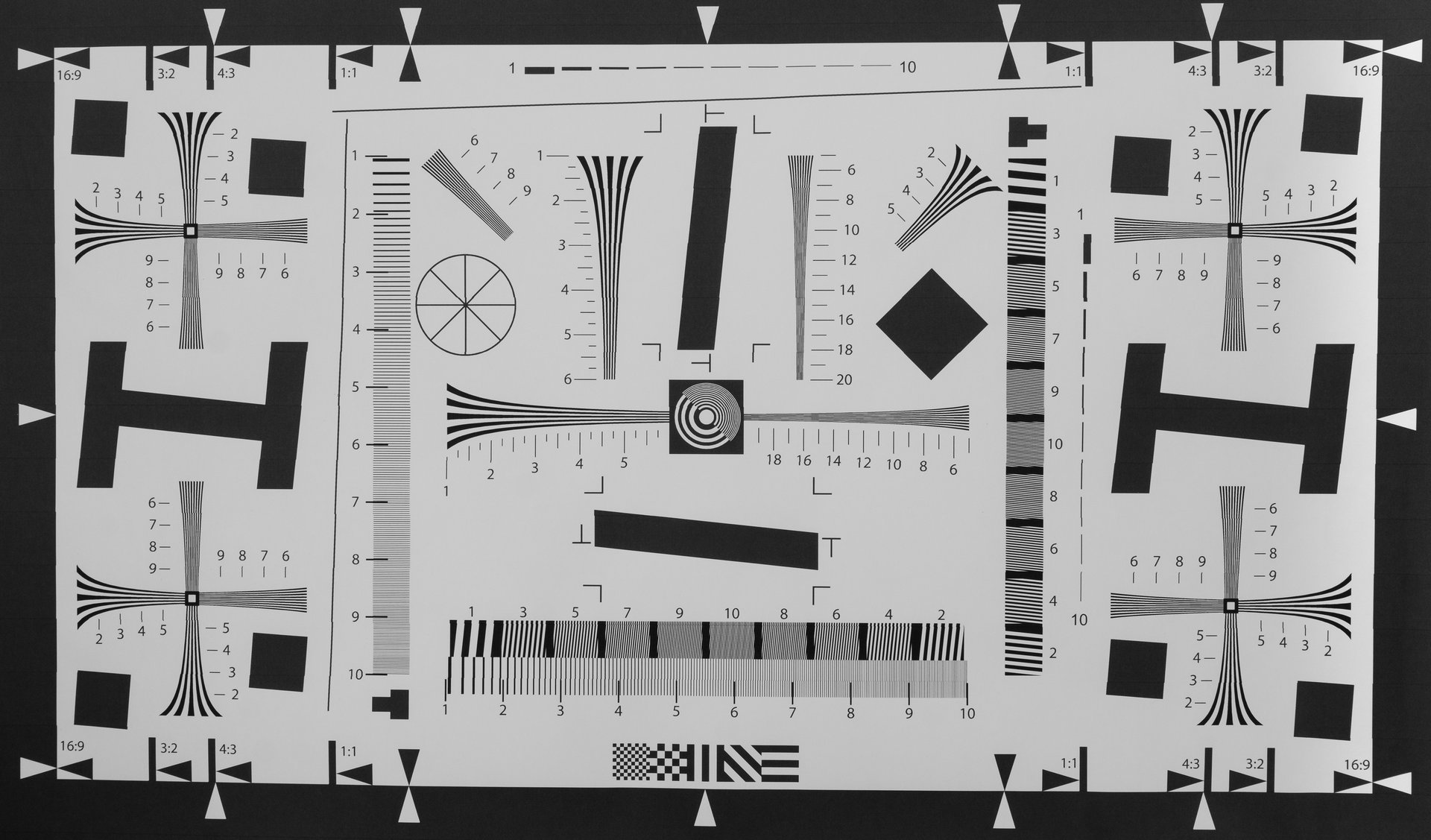







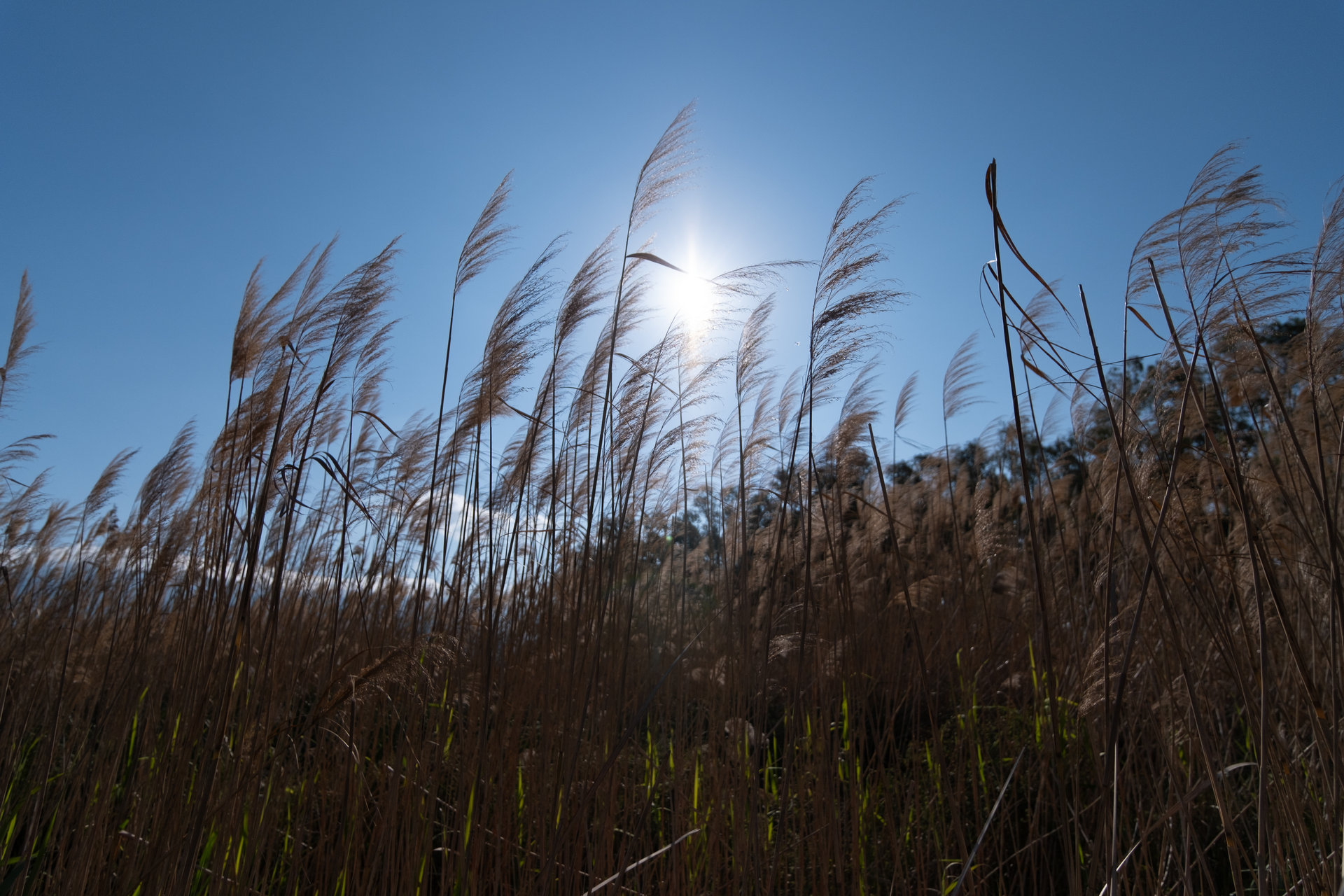

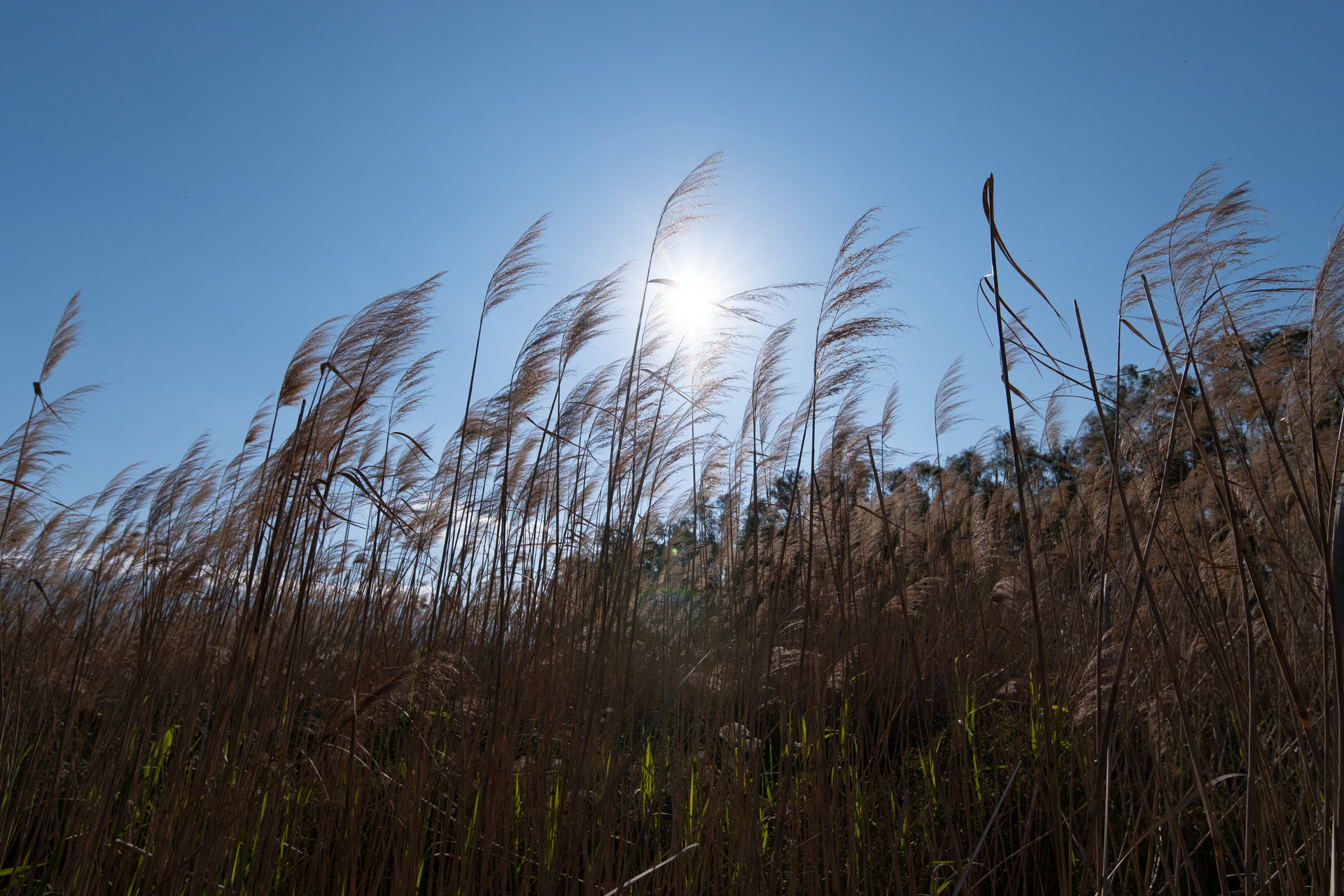

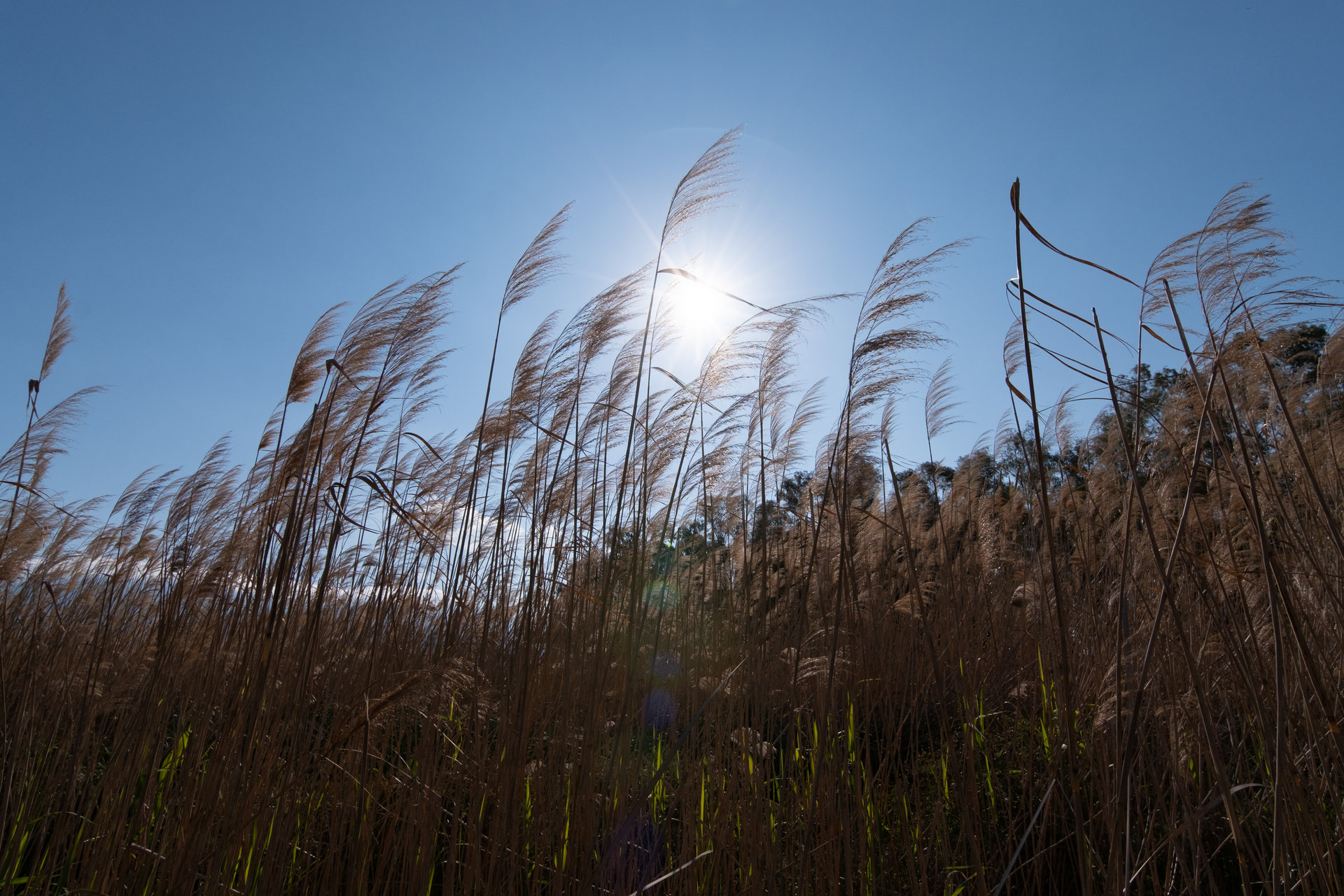
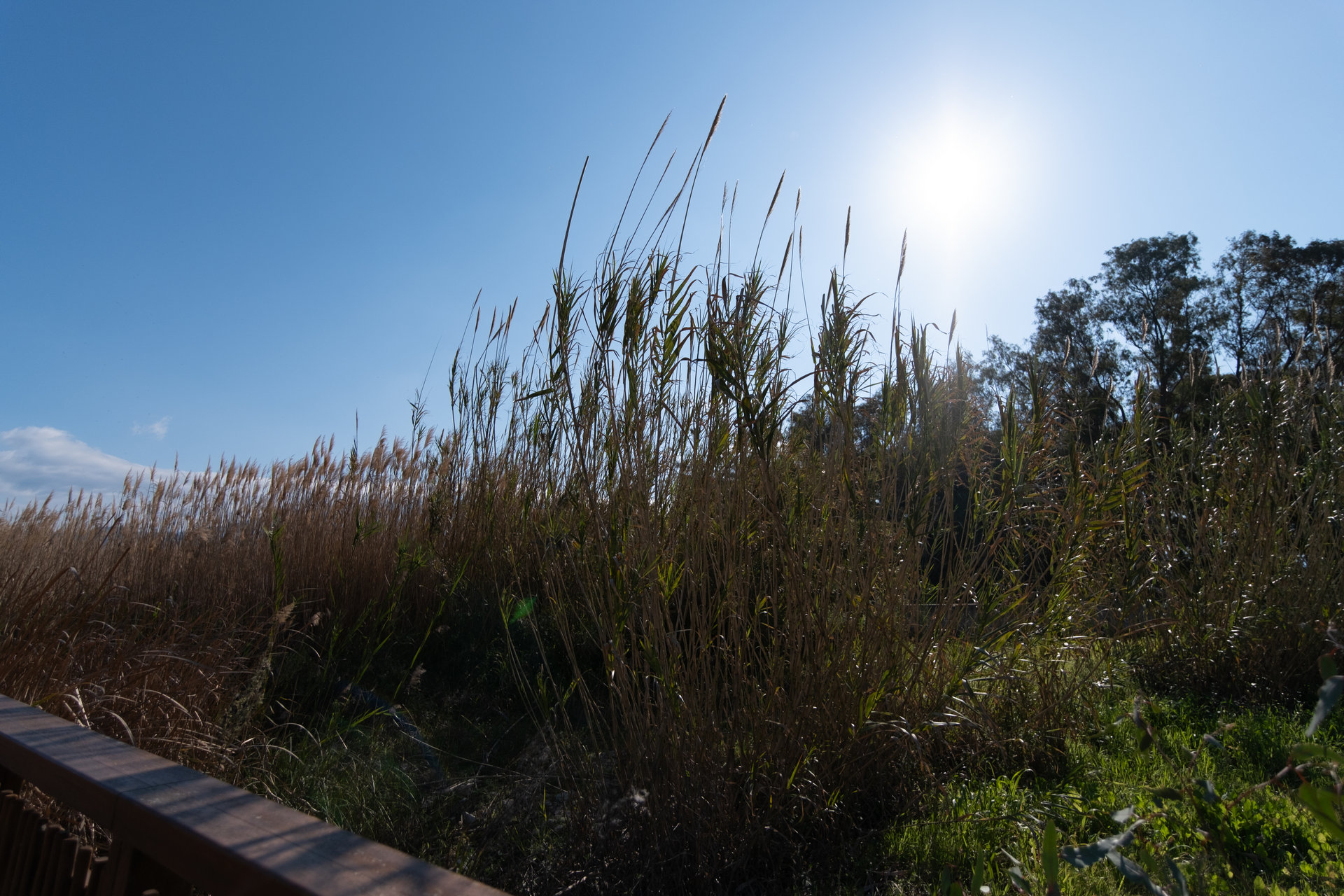
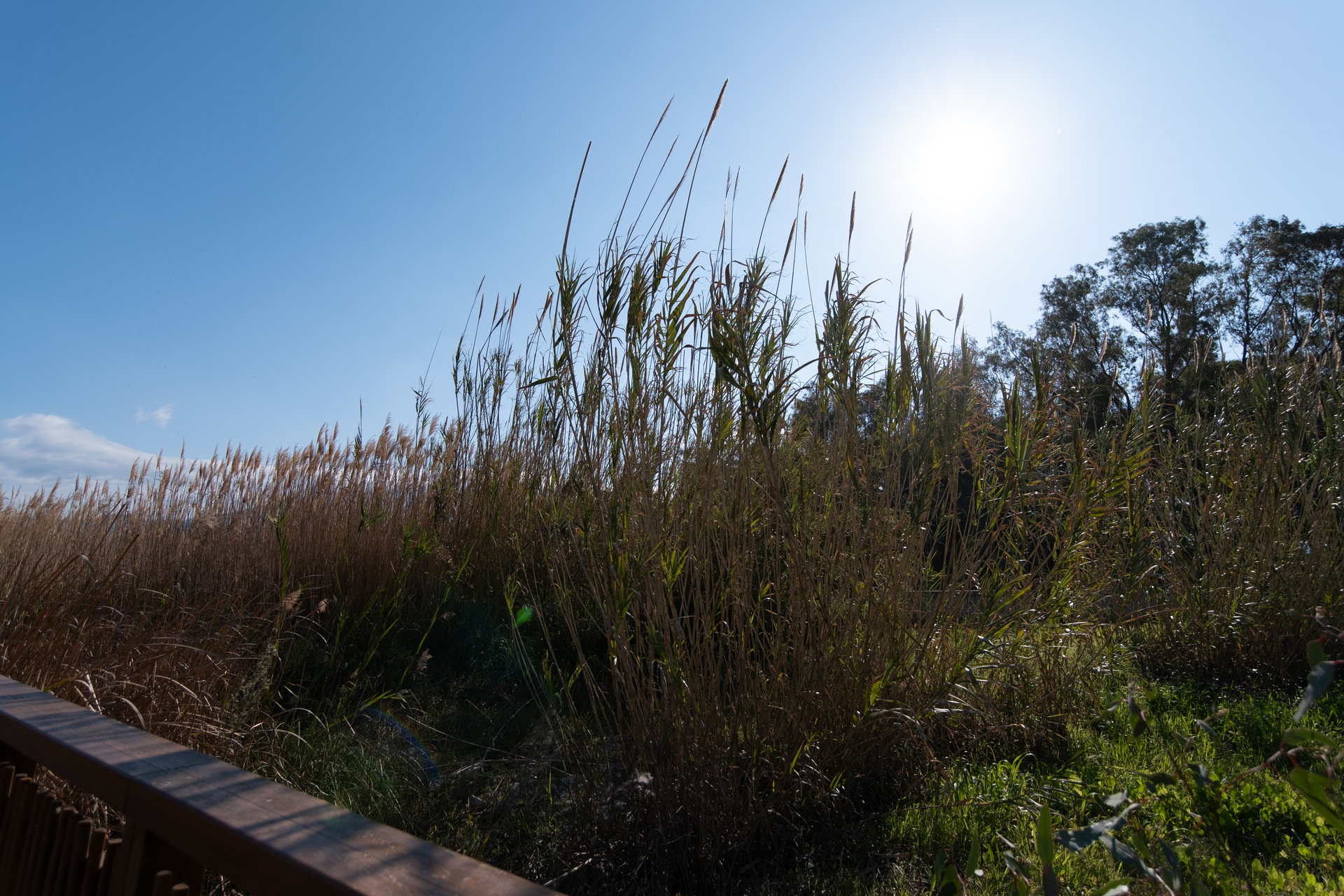

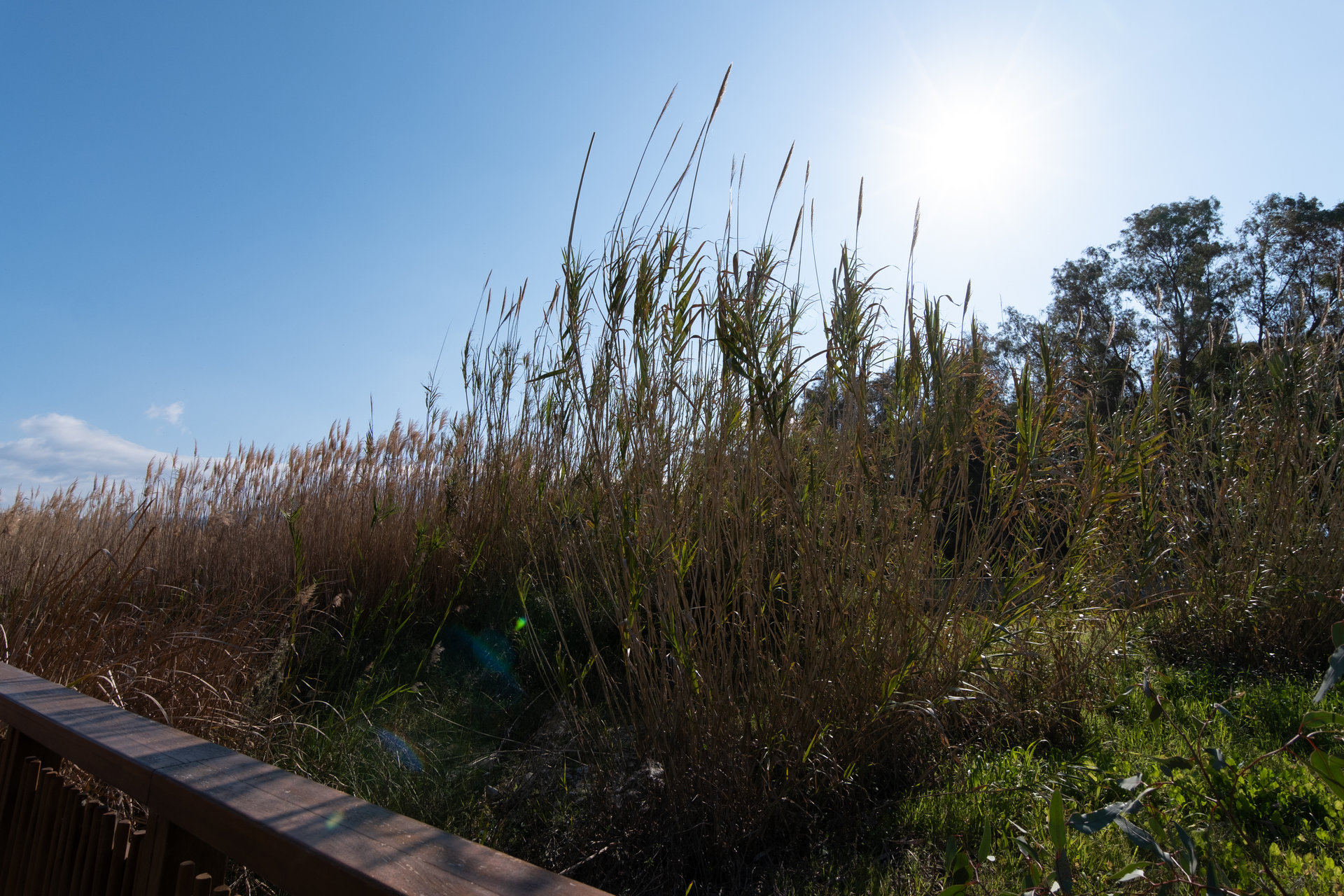
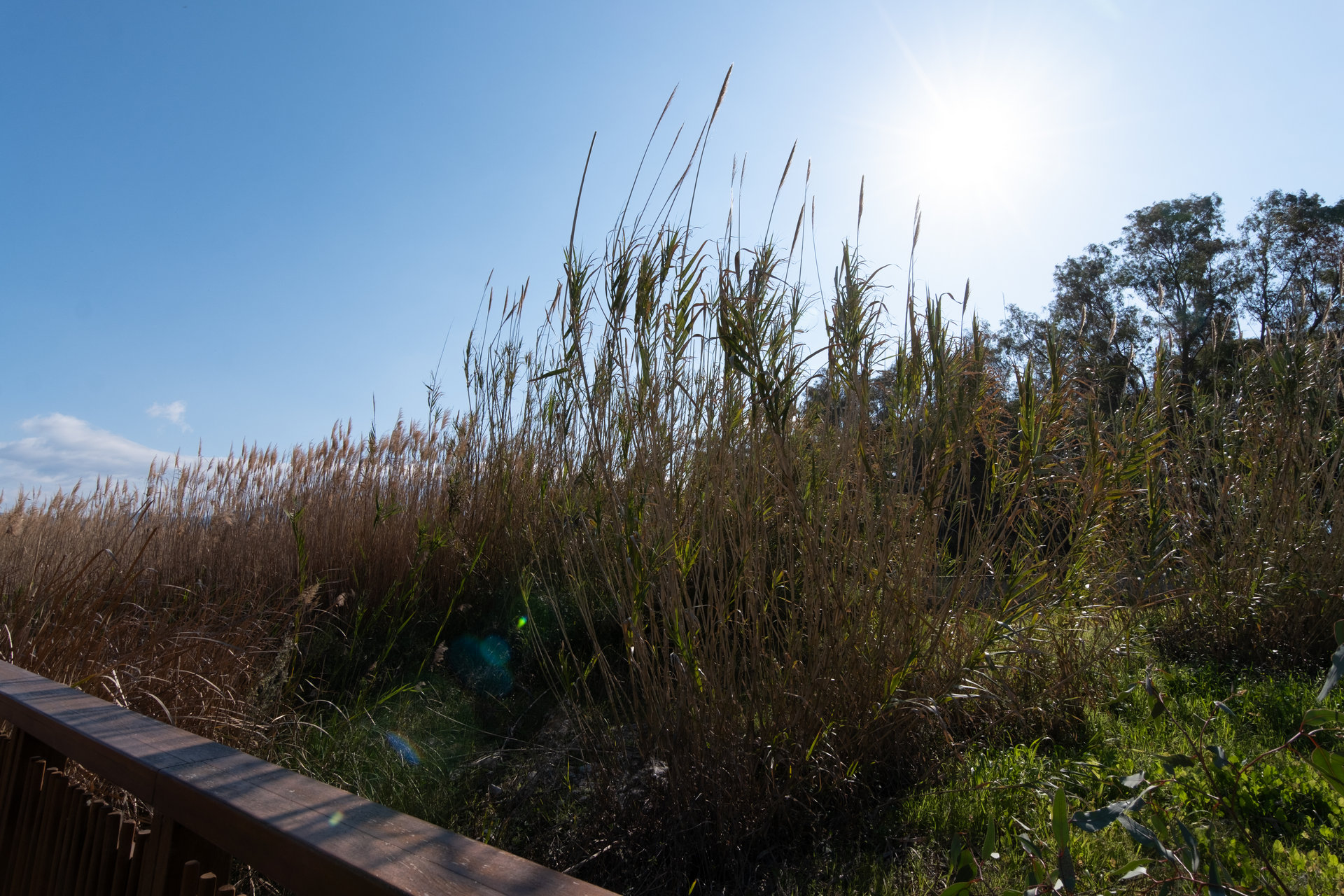

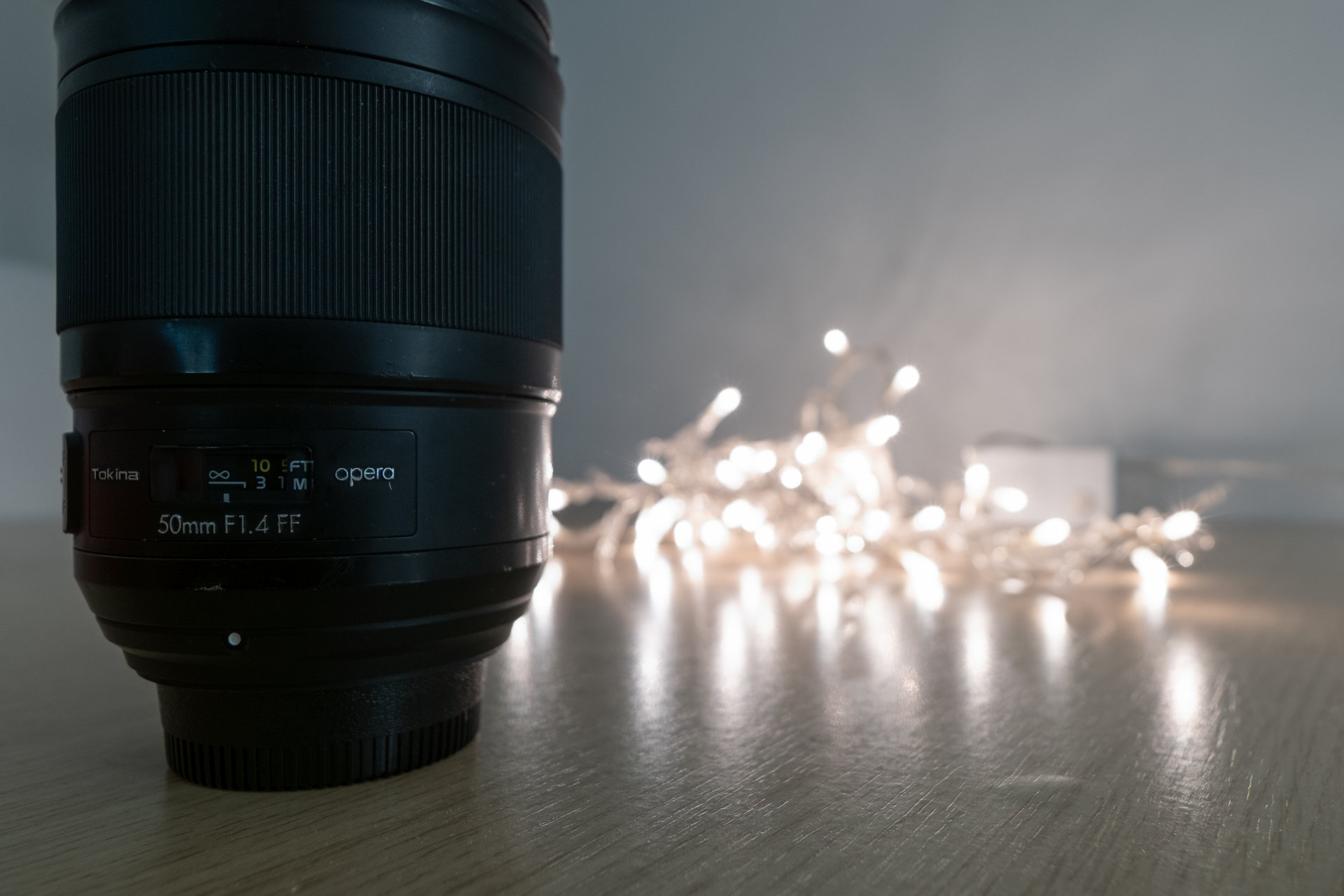









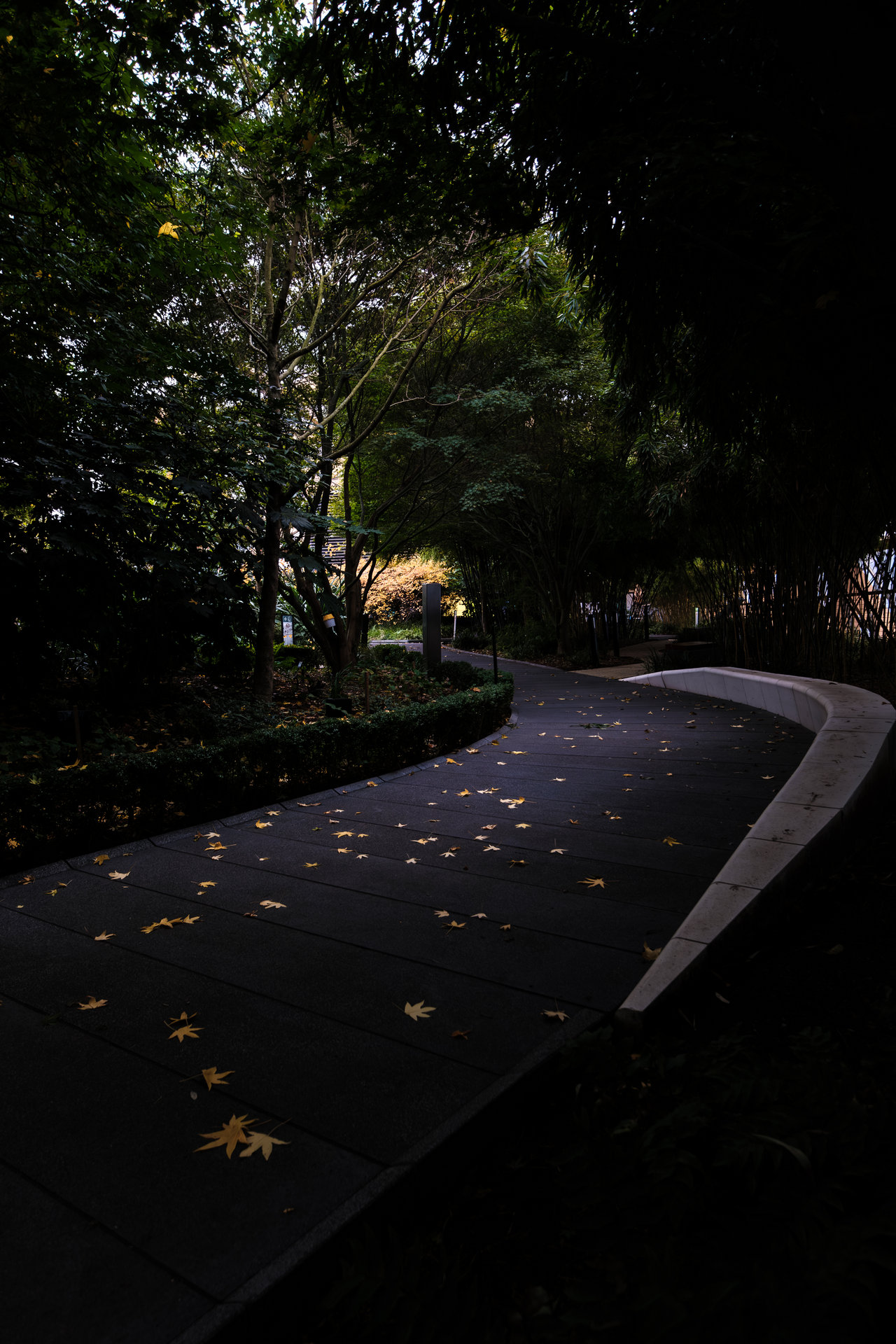
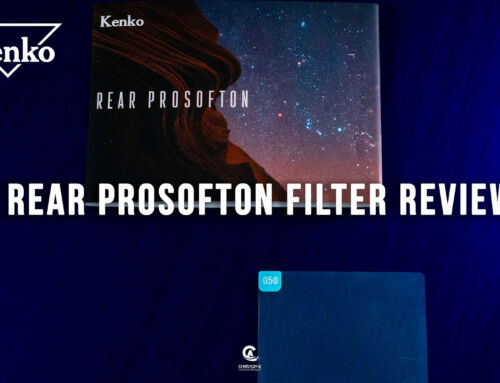

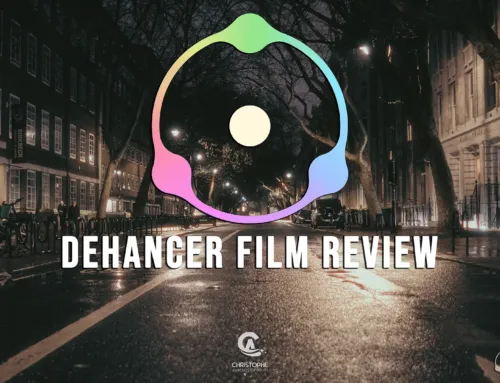
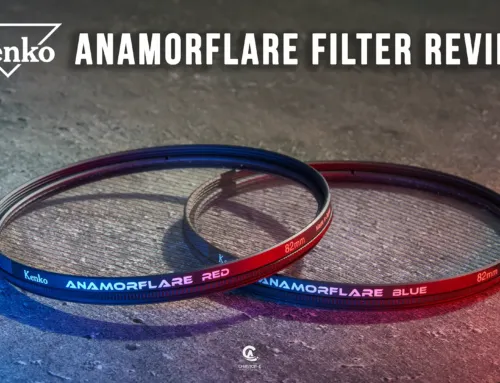

Leave A Comment